The Centenarian Secret: Foods Doctors Eat Every Day for Maximum Healthspan
Picture yourself a century young, savoring another sunrise, and still feeling vibrantly at home in your own skin. For many, the quest to add healthy years to life—the true meaning of healthspan—starts with what’s on the plate each day. Cultures boasting the world’s highest numbers of centenarians, like Japan, reveal a secret that’s less about miracle cures and more about simple, delicious habits. These time-honored traditions are now echoed by expert physicians who see firsthand the power of food to shape longevity from the inside out. Curious what doctors themselves actually eat for maximum healthspan? This expanded list unveils the stellar foods—supported by science and celebrated by centenarian communities—that can make nourishing your body both accessible and enjoyable. There are no fads or strict rules here, only practical wisdom that meets real life where it is. As you explore these foods, notice where your own habits align—or where a gentle shift might invite more vitality. These aren’t just doctor’s orders; they’re invitations to celebrate each new day with foods that support you for the long haul. Let’s explore the simple, flavorful keys to living well at every age—and making each bite count for maximum healthspan.
1. Yogurt: Probiotic Power for Lifelong Vitality

Yogurt earns its place on the centenarian table for good reason. Doctors and researchers alike highlight it as a foundational food—one consumed daily by many who live well past 100. Its power largely comes from probiotics, the beneficial bacteria that foster a balanced gut microbiome. Why does that matter so much? A healthy gut does more than optimize digestion; it shapes immune strength, helps regulate inflammation, and may even influence mood and resilience as we age. Multiple scientific reviews have linked regular yogurt intake to longevity, particularly when it’s low in added sugar. Many centenarians choose plain, unsweetened varieties, sometimes opting for Greek yogurt to boost protein and support muscle maintenance. For those mindful of dairy sensitivities, there are also plant-based yogurts rich in probiotics. Doctors advise enjoying a serving each morning, paired with fruit or on its own—a nourishing ritual as grounding as it is tasty. The beauty of yogurt is its versatility: stir into smoothies, layer with berries, or top with a sprinkle of seeds. Small, sustainable habits like this mean caring for your body becomes not a restriction, but a gentle act of self-nurturing each day.
2. Fish: Heart-Smart Protein for the Long Haul
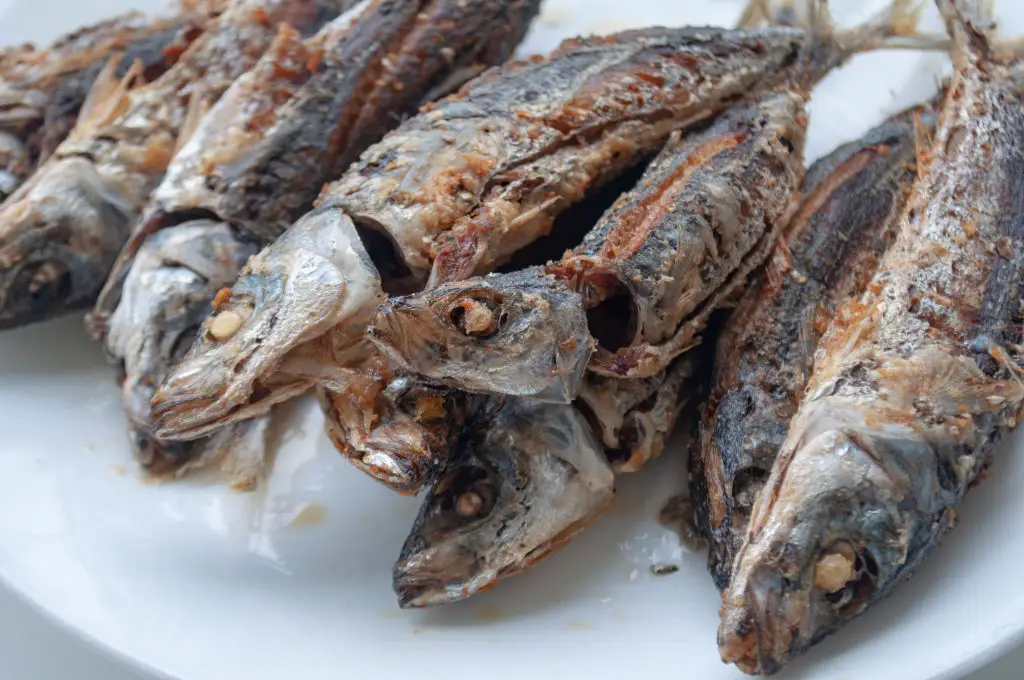
Fish has long been a staple in the diets of those who thrive into their tenth decade, most notably among Japanese centenarians. What do so many doctors love about eating fish? It’s all about the omega-3 fatty acids—nutrients celebrated for their ability to support heart health, enhance brain function, and lower inflammation that can creep in with age. Salmon, sardines, and mackerel top the longevity charts, delivering lean protein and healthy fats in every bite. Practical wisdom suggests aiming for fish two to three times per week, prepared simply: grilled, baked, or lightly steamed. If fresh options aren’t always affordable, canned varieties like sardines and salmon offer the same essential benefits and fit neatly into busy schedules. For those who prefer plant-based options, consider adding seaweed or chia seeds for a touch of those sought-after omega-3s. Every serving supports graceful aging from the inside out, offering one more reason to treat yourself to a delicious, nourishing meal.
3. Leafy Greens: Fiber-Rich Foundation for Resilience
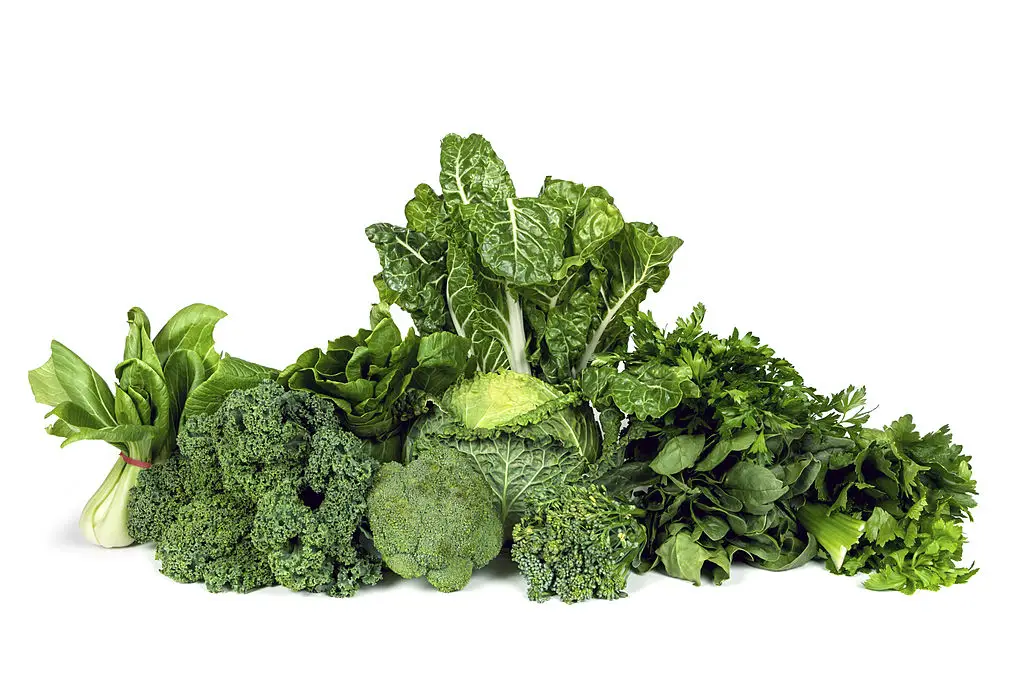
Leafy greens, from vibrant spinach to sturdy kale, regularly earn their place on the plates of the long-lived and the health-conscious alike. Doctors often highlight these fiber-dense powerhouses as the keystone of disease prevention. Each bite brings not only roughage for digestion, but a symphony of vitamins (A, C, K), minerals, and polyphenols that help the body’s defenses stay strong. Research consistently ties regular green vegetable intake to lower risks of heart disease, certain cancers, and even slower cognitive decline. The trick? Consistency over perfection. Whether tossed into salads, blended in smoothies, or sautéed with olive oil, greens are approachable and affordable. Experiment with different varieties—arugula, collards, romaine—for diverse textures and flavors. Even a handful daily makes a difference. When you reach for leafy greens, you’re making a choice that’s both practical and profoundly nurturing for long-term health.
4. Olive Oil: Mediterranean Gold for Healthy Aging

Olive oil is a golden thread running through both the Mediterranean diet and the longevity practices of Japanese elders. Doctors recommend it regularly for its exceptional health properties. Rich in monounsaturated fats and plant antioxidants, olive oil helps protect the heart, supports memory, and fights age-related inflammation—all with a richness that lifts every meal. The secret is in everyday use: drizzle over salads, vegetables, or whole grain breads, and use for light sautéing. Quality does matter—choose extra-virgin for the most nutrients and flavor. While olive oil is calorie-dense, a tablespoon or two daily fits neatly into a balanced diet. For those new to the habit, swapping less healthy fats for olive oil over time is a gentle shift that reaps big rewards. This Mediterranean classic reminds us that eating for healthspan is both practical and filled with sensory pleasure.
5. Fermented Vegetables: Traditional Defense Against Time
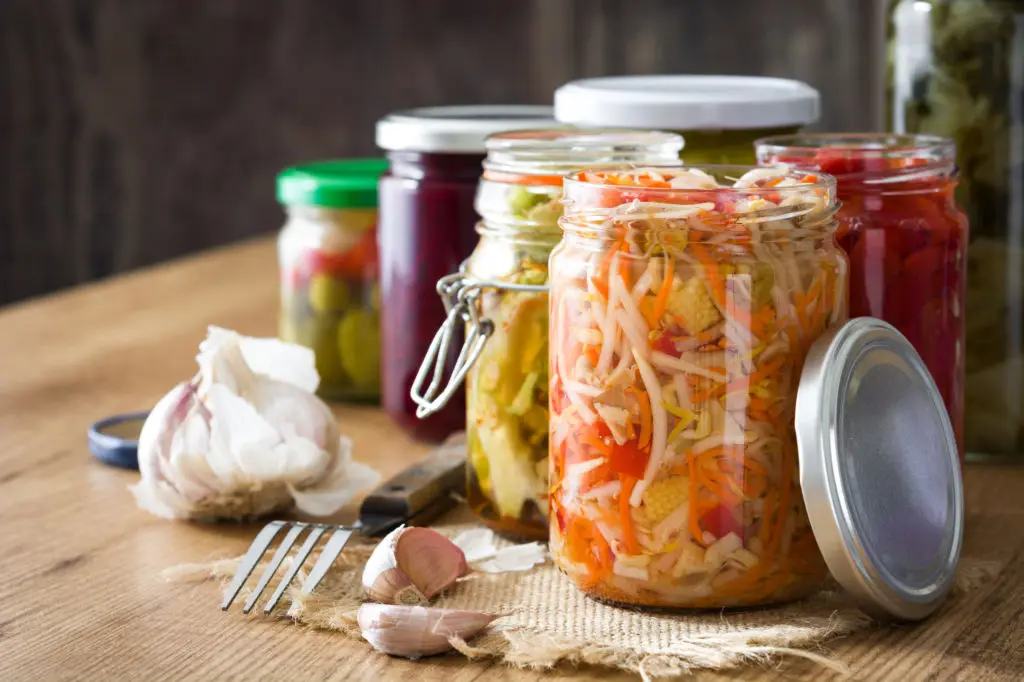
Fermented vegetables—think kimchi, sauerkraut, and miso—have nourished centenarian communities for generations. Medical experts frequently point to the probiotic punch these foods offer: a natural boost for the gut, where so much immune and metabolic health begins. Fermented veggies supply healthy bacteria, plus vitamins and compounds that may help the body fend off inflammation and age-related illnesses. Adopting this habit in the U.S. is easier than ever, with tasty options lining grocery shelves. Enjoy a forkful as a side, or layer onto grain bowls, sandwiches, or salads for zing and nutrients. Doctors recommend starting small—a few tablespoons a day—especially for those new to fermented foods. Moderation is key, but including these traditional bites strengthens the foundation for lasting resilience. They’re a testament to the staying power of culinary wisdom passed down through the ages.
6. Berries: Antioxidant Boosters for Body and Mind
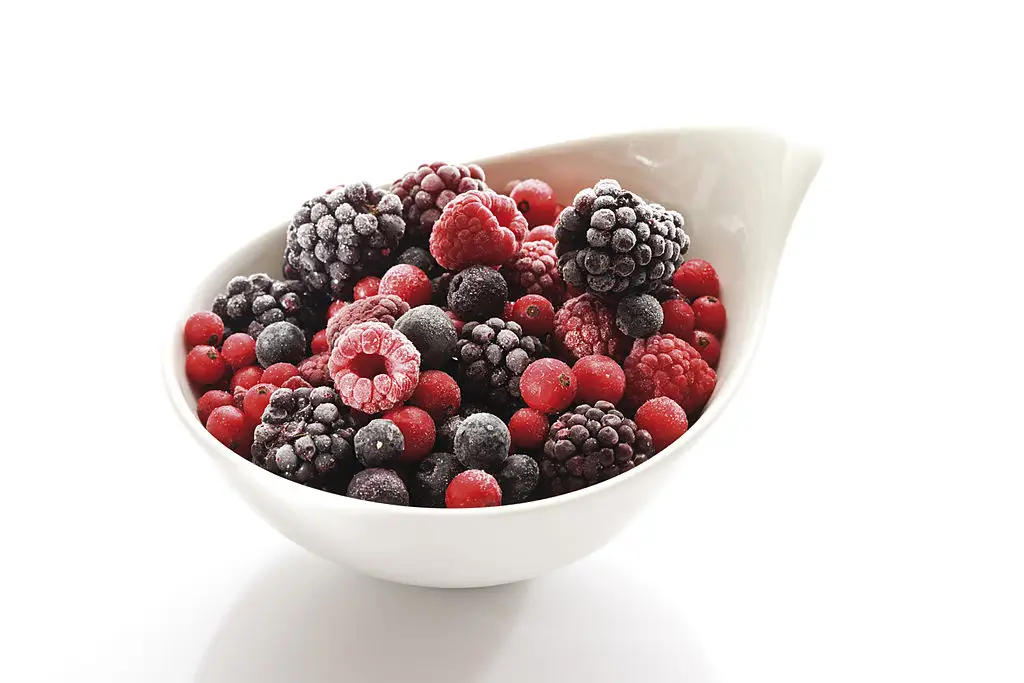
Whether tucked into morning yogurt or grabbed as a snack, berries are beloved by doctors and longevity researchers alike. These vibrant fruits are brimming with antioxidants—polyphenols that battle the cellular damage linked to aging. Centenarians who enjoy regular berry servings often report not just sharp minds, but also a zest for life that outpaces their years. Blueberries, strawberries, and blackberries, in particular, top the list for their vitamin C and fiber. U.S. doctors often recommend them fresh or frozen—making year-round access simple. A handful (about half a cup) most days is sufficient for benefits, whether mixed into oatmeal, atop breakfasts, or nibbled straight from the fridge. The real power of berries lies in their joyful possibility: sweet, beautiful, and so easy to bring to the table.
7. Nuts: The Energy-Rich Snack of Centenarians
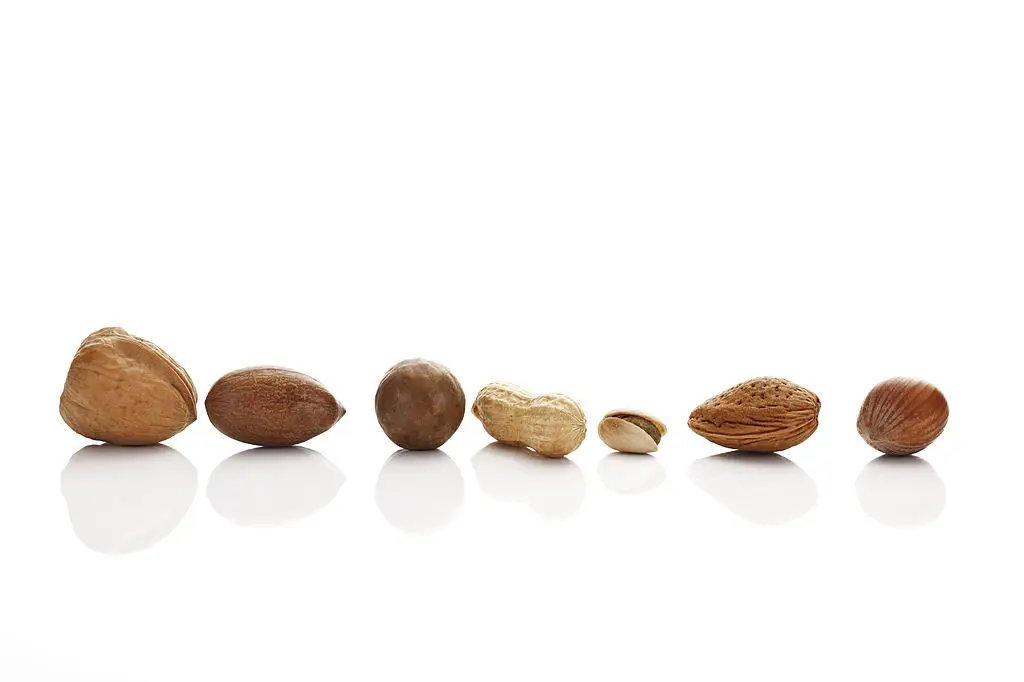
Nuts—almonds, walnuts, pistachios, and more—are a daily staple in the kitchens of many doctors and health-focused elders. Why? These bite-sized snacks deliver healthy fats, protein, and minerals, all in a form that supports sustained energy and heart health. Centenarian research finds that nuts are linked with longer lifespans and lower chronic disease rates. Doctors recommend about a small handful each day—unsalted and unroasted for the most benefit. Pack them in a pocket for on-the-go fuel, or sprinkle on cereals and salads for extra crunch. If allergies are a concern, seeds like pumpkin or sunflower offer similar perks. Choosing nuts as a snack is a delicious, satisfying commitment to both well-being and pleasure. Simple steps really do add up over time, supporting active longevity in the most enjoyable way.
8. Black Tea: The Flavanol-Rich Vascular Smoother

While green tea often gets the spotlight, black tea is a daily staple in many longevity diets and is specifically championed by cardiologists for its high flavanol content. Flavanols are powerful antioxidants that support endothelial function—the health and flexibility of your artery walls. They help increase the availability of nitric oxide, the molecule that signals blood vessels to relax, which directly contributes to lower blood pressure and better circulation. Studies suggest that drinking two to three cups of black tea daily can be associated with a reduced risk of cardiovascular events. This simple, warming habit is a practical, gentle way to preserve the youthful elasticity of your arteries and enhance vascular health over a lifetime.
9. Carrots: The Carotenoid Commander for Cellular Defense
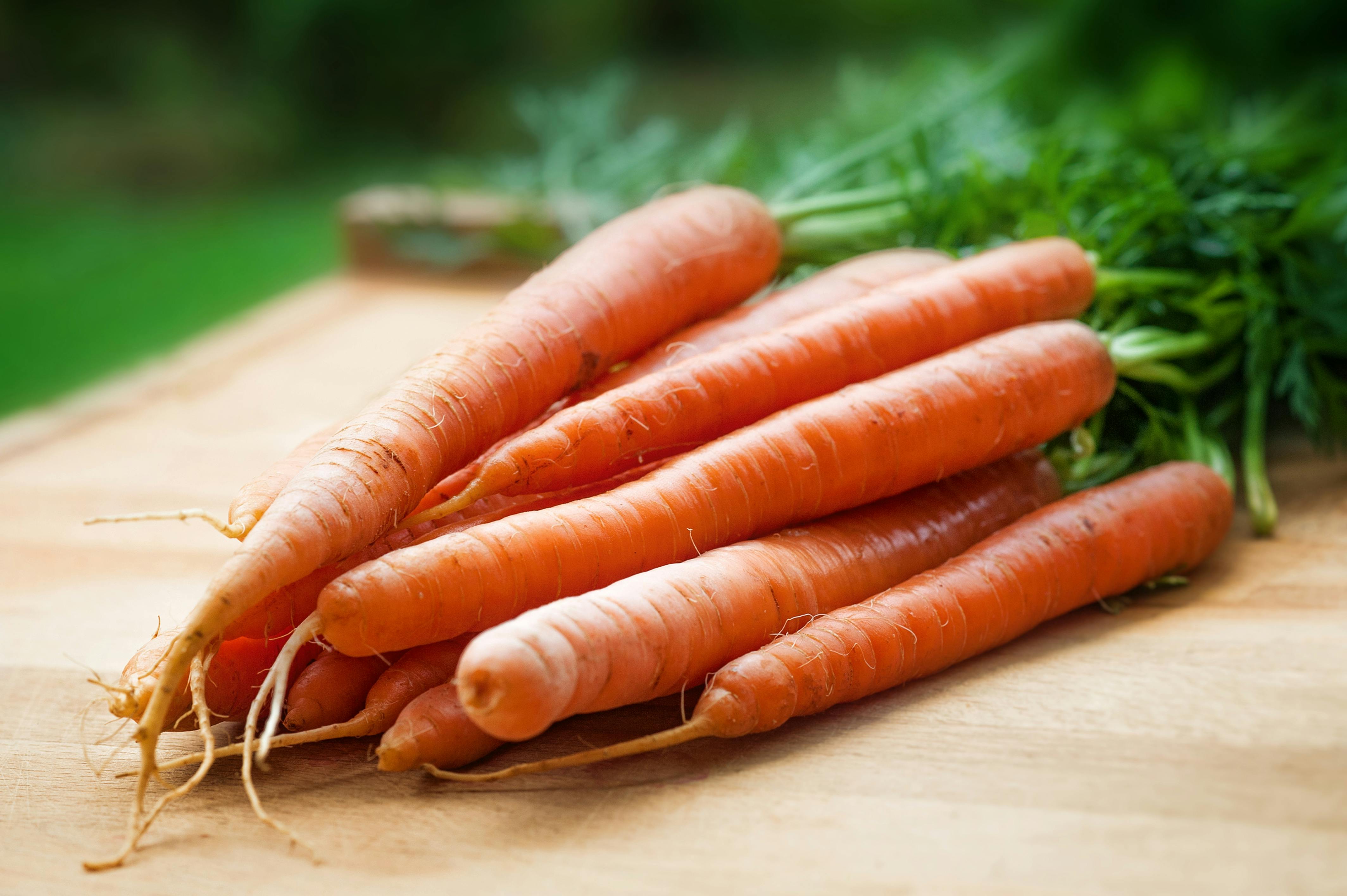
Carrots are often overlooked in favor of trendier vegetables, yet they are a foundational longevity food and a favorite among nutrition-minded doctors. They are packed with carotenoids (like beta-carotene and alpha-carotene) that are vital for cellular protection. These fat-soluble compounds act as powerful shields against the oxidative damage that accelerates aging in the eyes, skin, and brain. Furthermore, carrots provide excellent prebiotic fiber, which directly feeds the beneficial gut bacteria linked to better immune function and metabolism. Enjoy them raw with a drizzle of olive oil (to enhance absorption), steamed, or roasted. This humble root vegetable is an accessible, year-round source of deep-seated protection for all your organs.
10. Sweet Potatoes: Low-Glycemic Fuel for Endurance
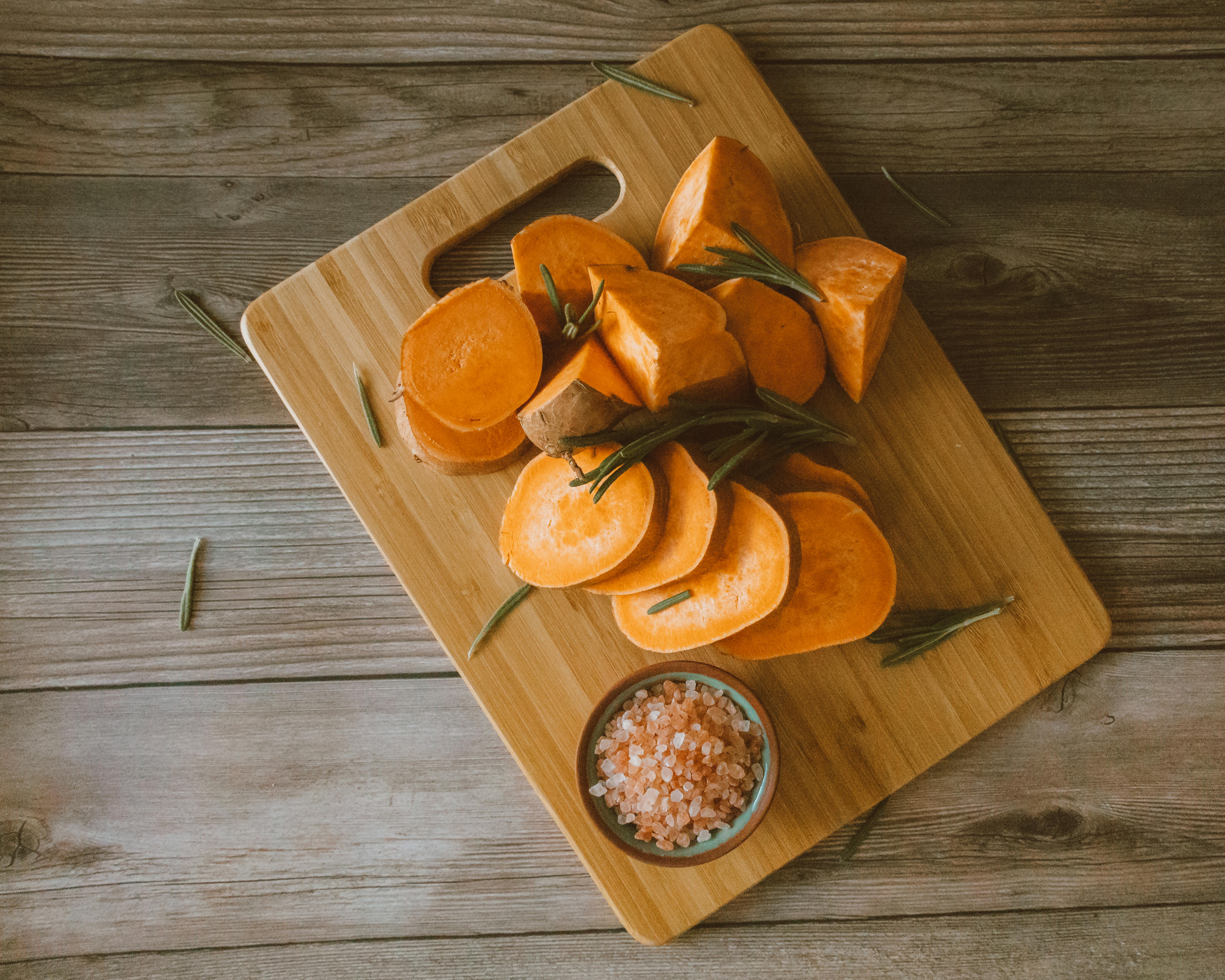
Sweet potatoes are a preferred complex carbohydrate for longevity experts due to their unique balance of nutrition. Unlike white potatoes, they have a lower glycemic index, providing a slower, steadier release of glucose that helps prevent the blood sugar spikes and crashes linked to chronic inflammation and metabolic aging. They are rich in potassium (supporting muscle and nerve function) and beta-carotene (an antioxidant that converts to Vitamin A). Centenarian diets often prioritize these nutrient-dense tubers as their main starch, offering sustained energy without the metabolic stress of refined carbohydrates. Swap your usual starchy side for a baked or roasted sweet potato to anchor your plate with resilient, long-lasting energy.
11. Functional Mushrooms: Immune Modulators for Resilience

Certain functional mushrooms, such as Shiitake, Reishi, or Maitake, are celebrated in global longevity traditions and are now being integrated into Western medical advice. These fungi are rich in beta-glucans, complex sugars that don't just provide energy, but act as powerful immune modulators. They train and regulate the immune system, helping it respond appropriately to threats (like viruses or inflammation) without overreacting and causing systemic damage. This precise immune balance is crucial for a long, healthy life. Incorporate dried or fresh shiitake into soups and stir-fries, or add a teaspoon of powdered reishi extract to your coffee or smoothie. This small, flavor-rich addition strengthens your body's essential defenses from the inside out.
12. Lentils: The Pulse for Stable Metabolic Health
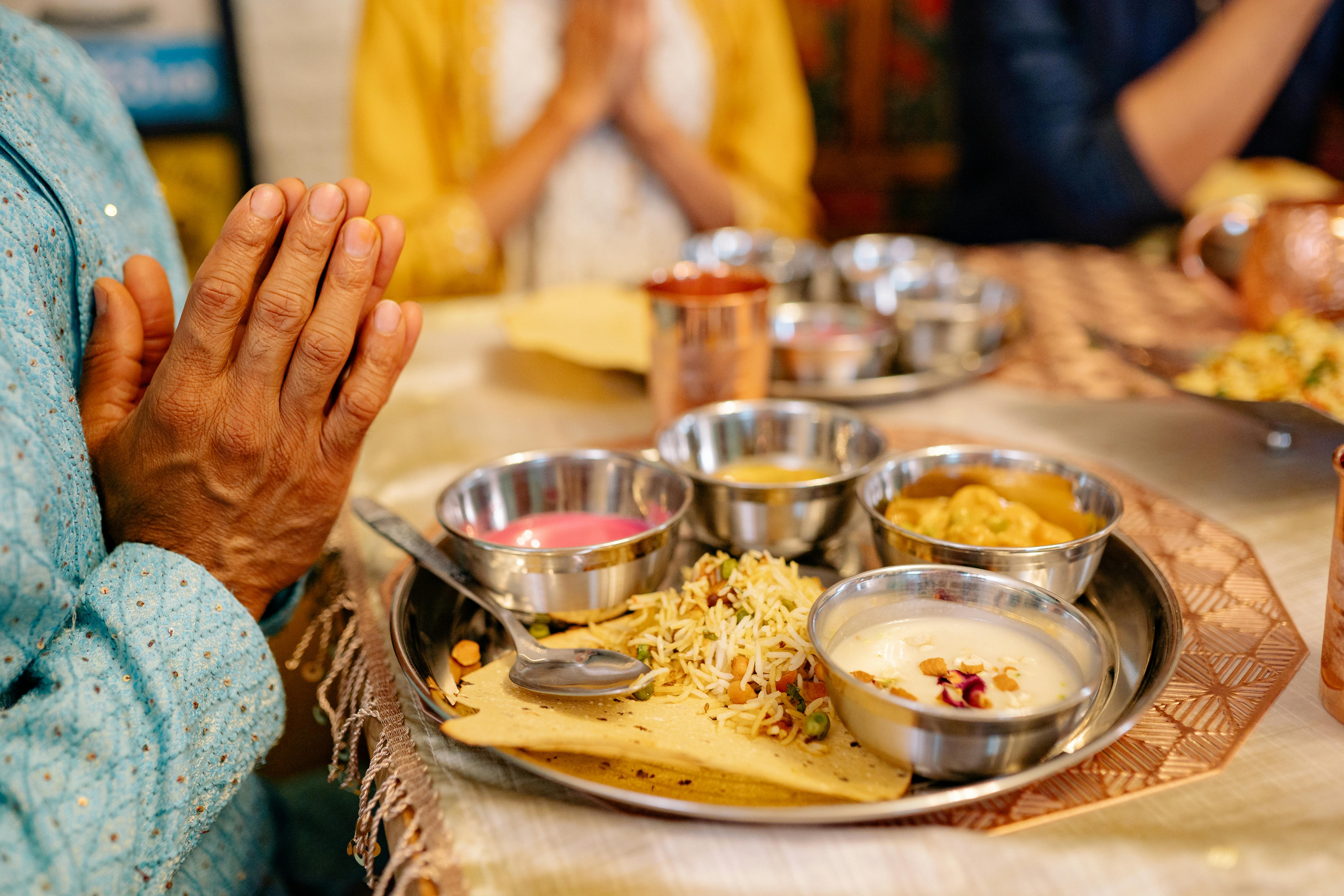
Lentils, and pulses in general (like chickpeas and beans), are staples in the diets of Blue Zones—areas known for exceptional longevity. Doctors praise them as an affordable, foundational food for metabolic health. They provide a triple-threat of plant-based protein, slow-digesting complex carbohydrates, and abundant soluble fiber. This combination stabilizes blood sugar, which is critical for preventing diabetes and arterial stiffness. The fiber also lowers cholesterol and fuels the beneficial bacteria in the gut. Adding just a half-cup of cooked lentils to a soup, salad, or side dish most days delivers a powerful, low-glycemic punch that supports long-term heart and metabolic vitality.
13. Arugula (Rocket): The Vascular Nitric Oxide Signal
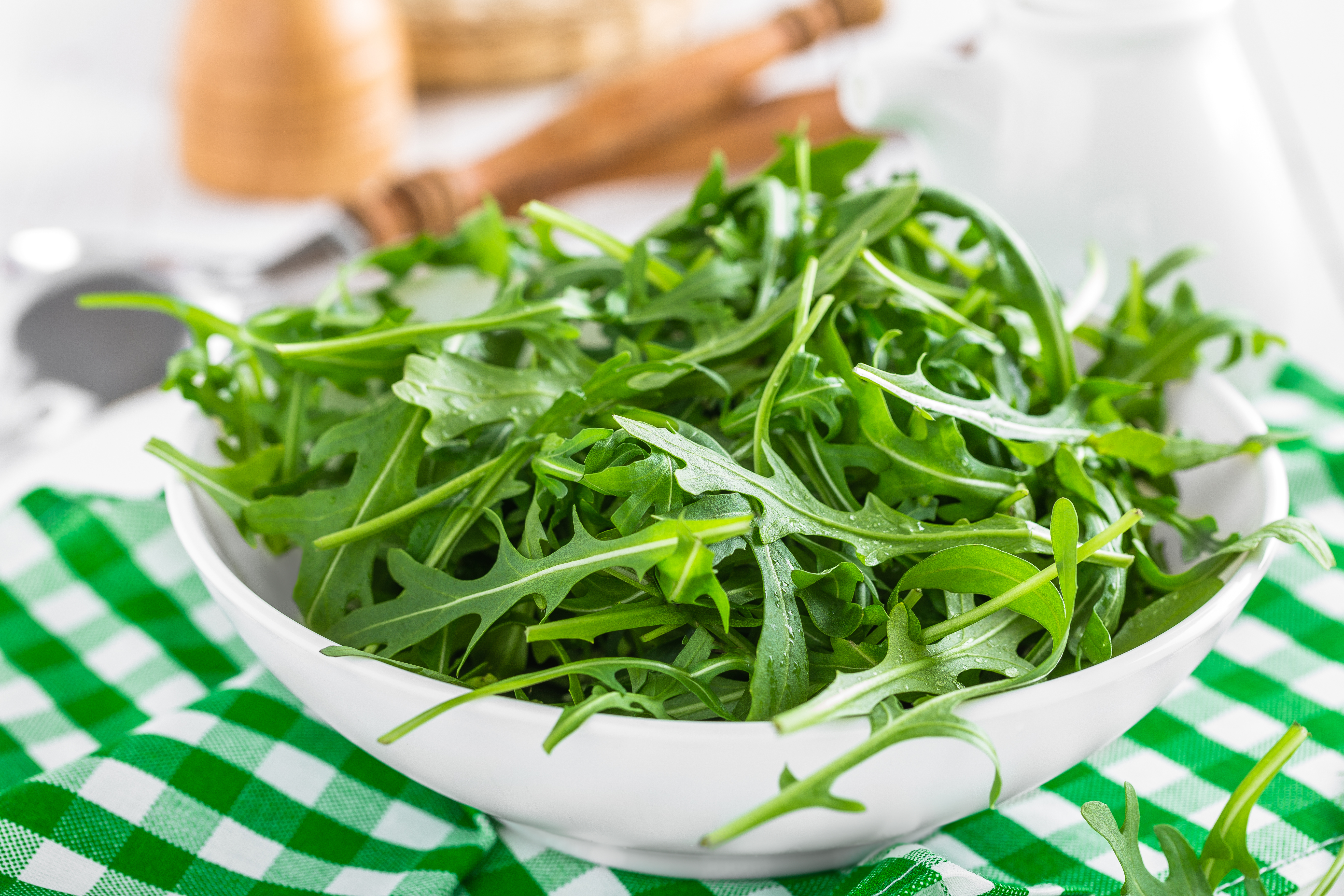
Arugula, often called rocket, is more than just a peppery green; it's a direct precursor to nitric oxide (NO)—the signaling molecule vital for keeping blood vessels relaxed, flexible, and young. Doctors emphasize that maintaining a healthy endothelium (artery lining) is key to longevity. Arugula is loaded with dietary nitrates, which the body quickly converts into NO, improving blood flow and reducing blood pressure. This immediate vascular benefit makes it superior to many other greens for acute heart health. Furthermore, its peppery taste comes from glucosinolates, compounds that support liver detoxification—a critical function for managing the body’s age-related toxic load. Add a generous handful to your sandwich, salad, or blend it into a pesto for a zesty, daily vascular boost.
14. Brazil Nuts: The Selenium Antioxidant Regulator
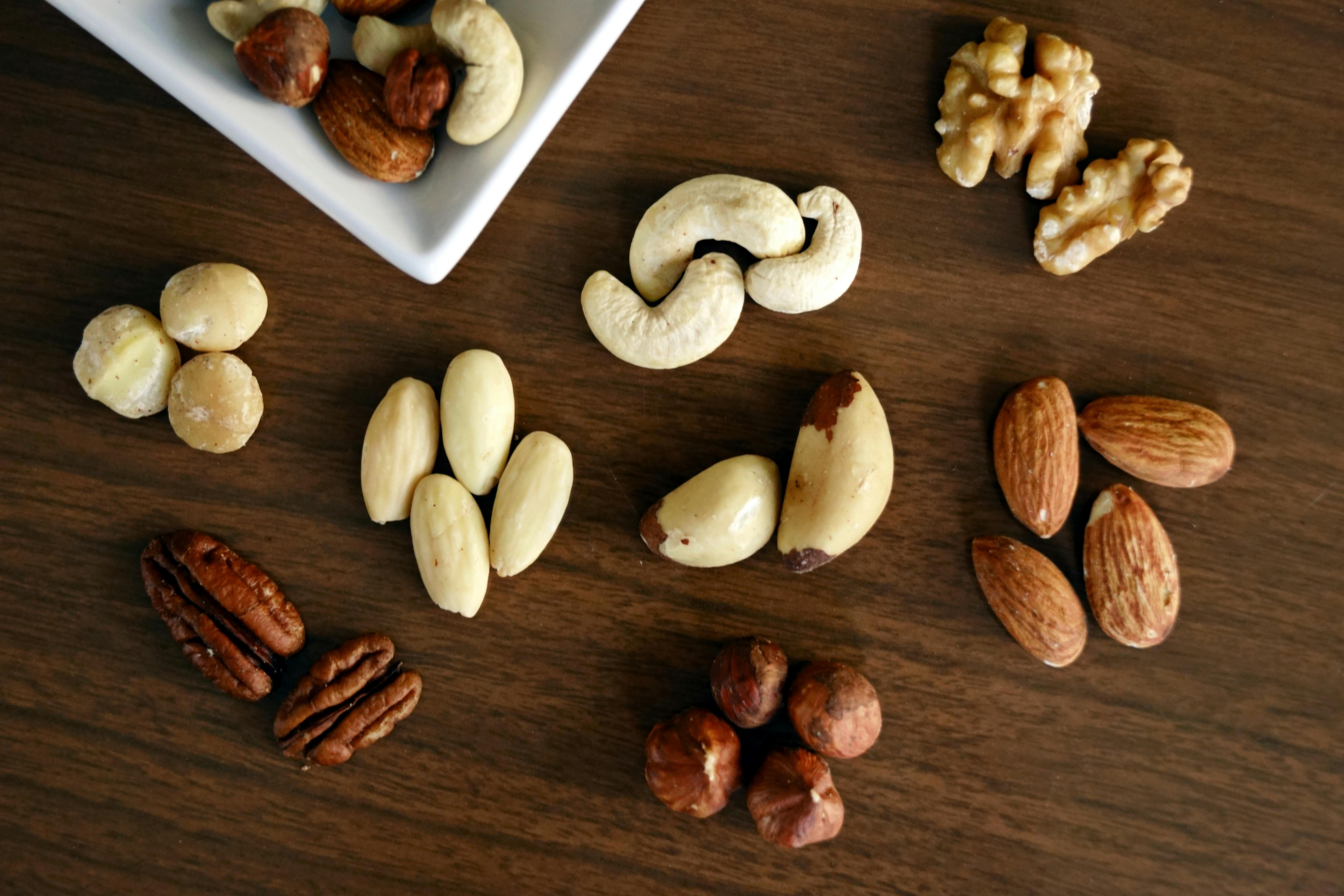
Brazil nuts offer a unique, concentrated advantage for healthspan centered on the trace mineral Selenium. This mineral is absolutely critical for the function of the body's most powerful antioxidant system, glutathione peroxidase. This system is the internal command center for neutralizing damaging free radicals and resolving chronic inflammation—a core driver of aging. In longevity terms, Selenium acts as a key governor of immune and thyroid health. Remarkably, just one or two Brazil nuts a day provides the full daily recommended intake of Selenium. This simple, effortless habit ensures your body's cellular defense machinery is running at peak efficiency, offering powerful protection against age-related damage.
15. Capers: Quercetin and Rutin for Capillary Strength
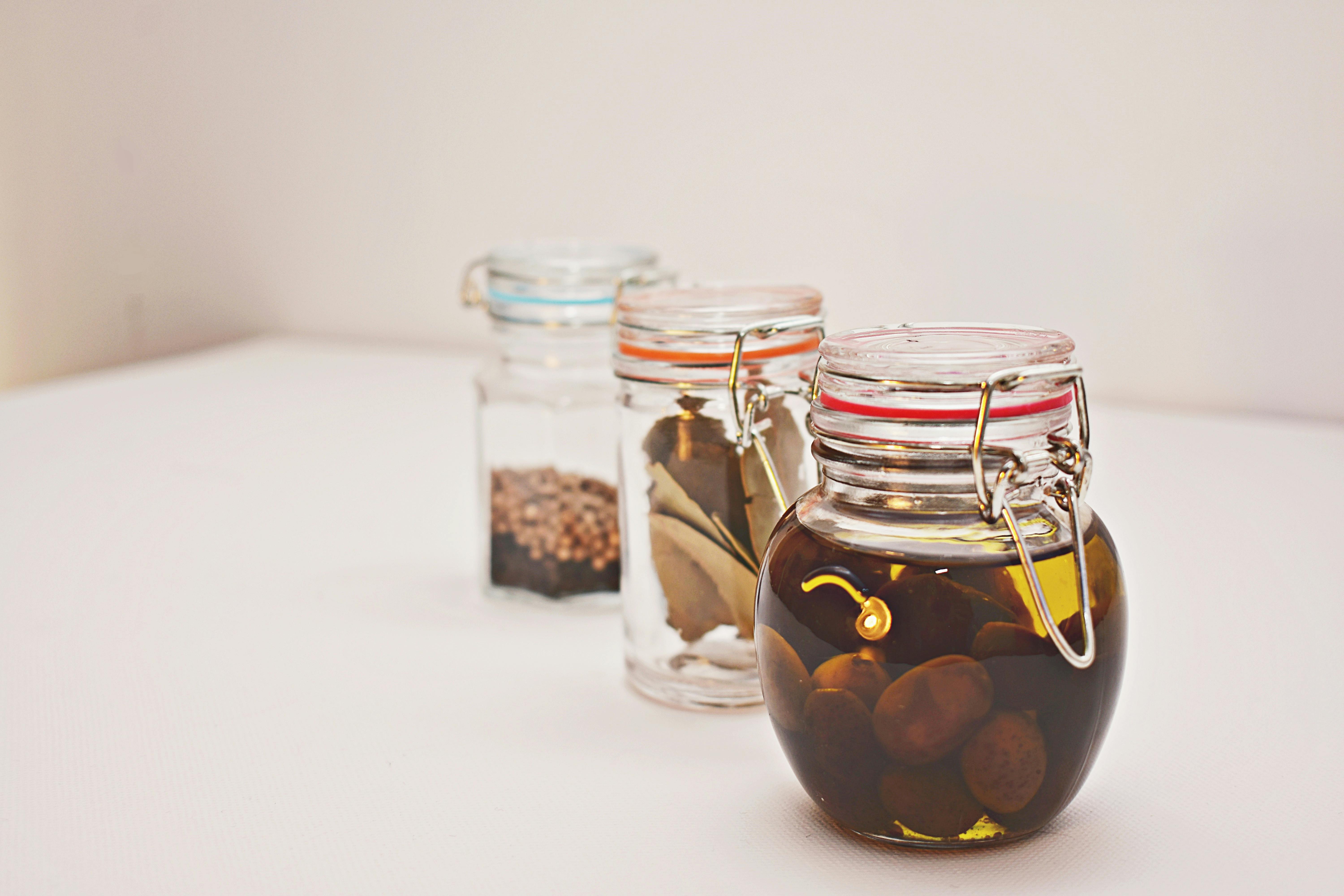
These small, salty flower buds are an under-the-radar longevity secret, providing an exceptionally high concentration of the flavonoids Quercetin and Rutin. Quercetin is celebrated by longevity experts for its senolytic properties—meaning it can help the body clear out old, dysfunctional cells that accumulate and fuel chronic inflammation. Rutin specifically strengthens the walls of capillaries (the tiniest blood vessels), reducing their fragility and preventing the leaks that contribute to tissue swelling and systemic inflammation. Adding capers to fish, pasta, or egg dishes provides a savory punch while delivering a potent, concentrated dose of antioxidants that actively support vascular integrity and cellular clean-up.
16. Pomegranates: Punicalagins for Gut & Muscle Aging
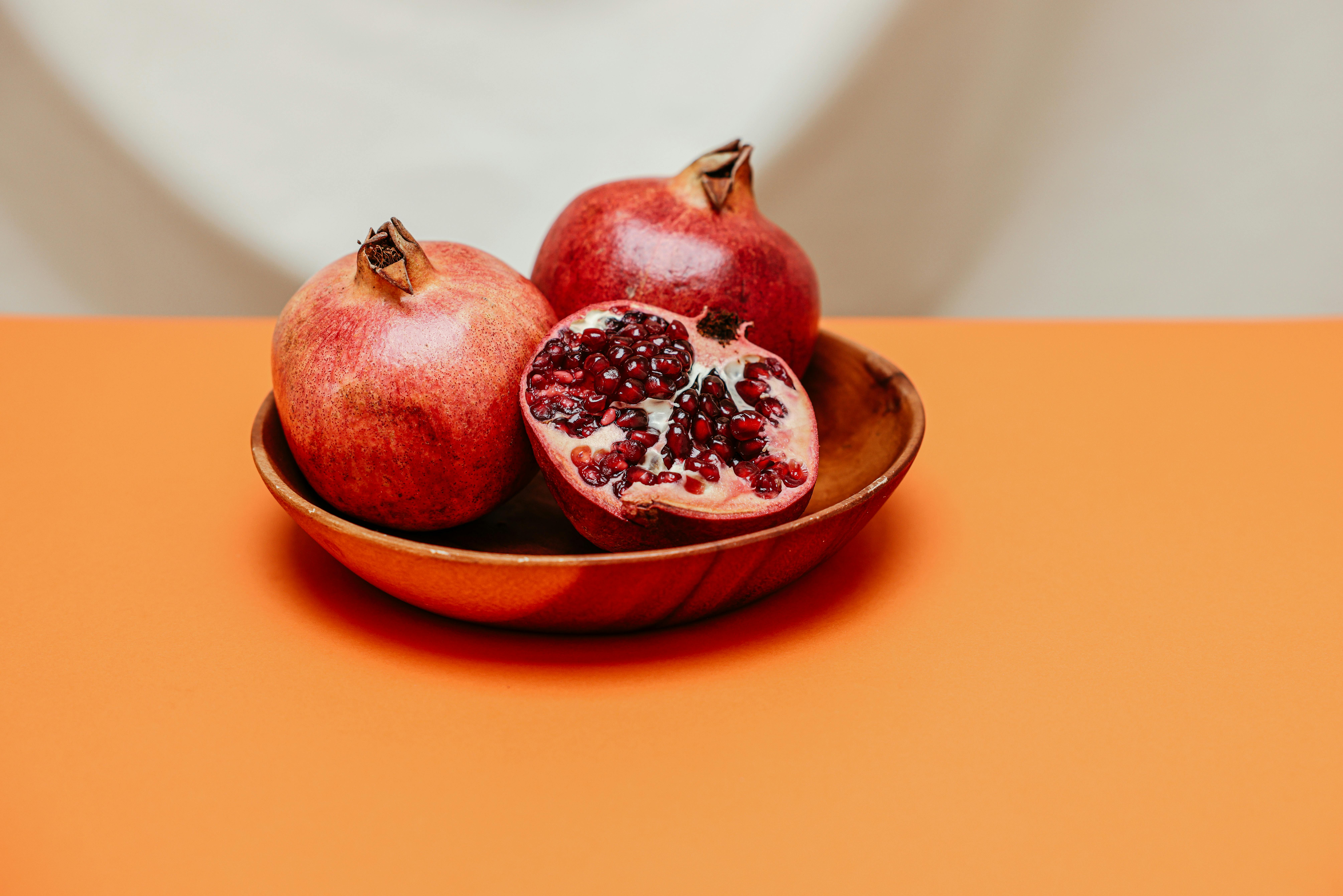
Pomegranates and their juice are favored by longevity doctors for their unique compound, Punicalagins. While a potent antioxidant, the real magic happens in the gut: when consumed, Punicalagins are metabolized by beneficial gut bacteria into Urolithin A. Emerging research shows Urolithin A is a powerful molecule that supports mitophagy—the process of clearing out old, damaged mitochondria (cellular powerhouses) and promoting the growth of new ones. This process is crucial for maintaining muscle strength and vitality as we age. Enjoy the sweet-tart arils over salads, or drink a small glass of pure, unsweetened juice to harness this deep-acting cellular and muscular benefit.
17. Black Rice (Forbidden Rice): The Pigment Longevity Shield
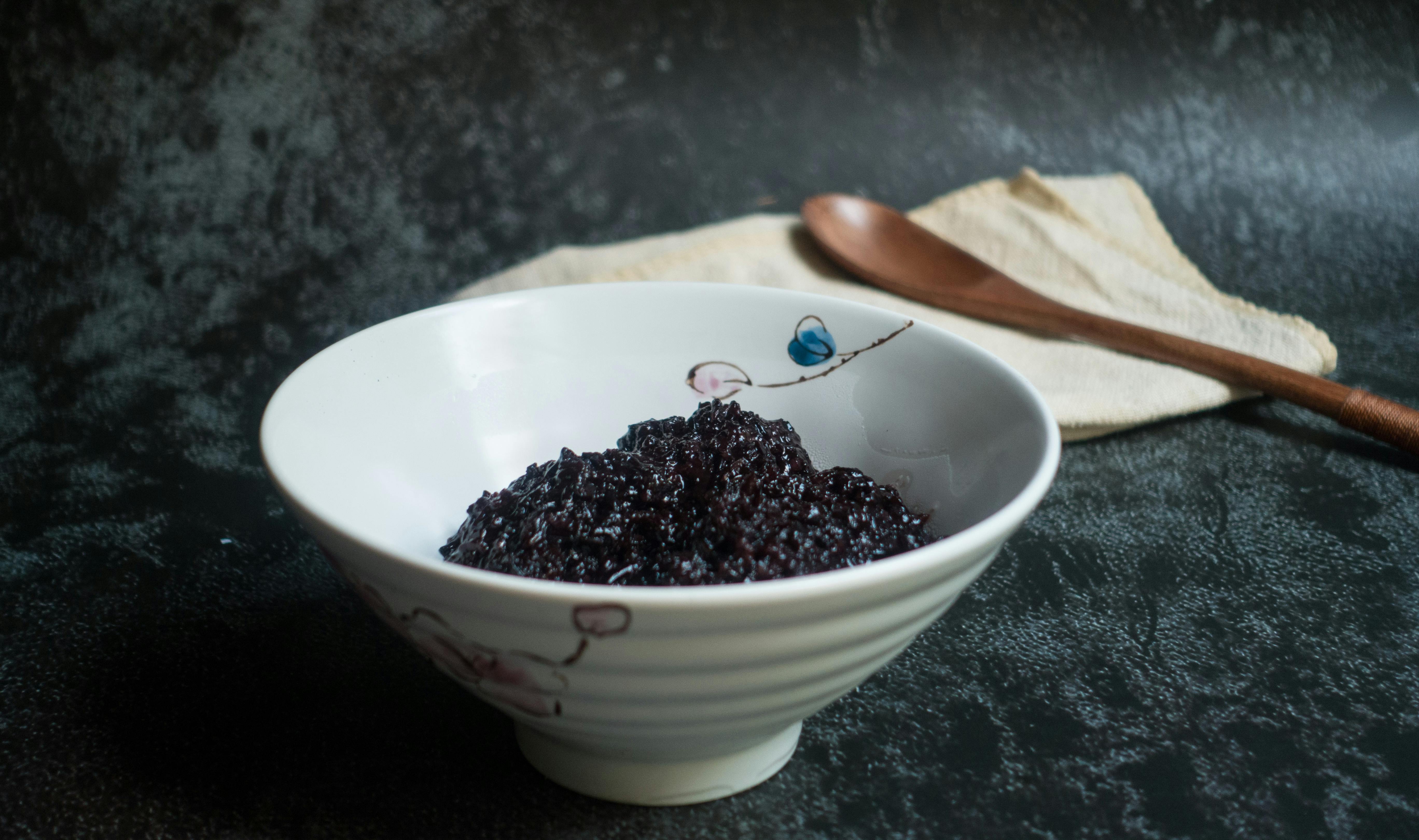
Black rice, historically reserved for Chinese royalty, is a hidden longevity powerhouse, far superior to brown or white rice. Its dramatic dark color is derived from an unusually high concentration of anthocyanins—the same potent antioxidants found in deeply colored berries, often exceeding them in density. These powerful pigments are directly linked to protecting neurological function and reducing arterial stiffness. By swapping regular rice for black rice, you introduce a high-fiber, slow-digesting complex carbohydrate that also delivers a concentrated burst of compounds designed to shield your brain and cardiovascular system from oxidative stress, making every spoonful count for long-term cognitive and vascular health.
18. Cold-Pressed Sesame Oil: Lignan-Rich Cellular Guard
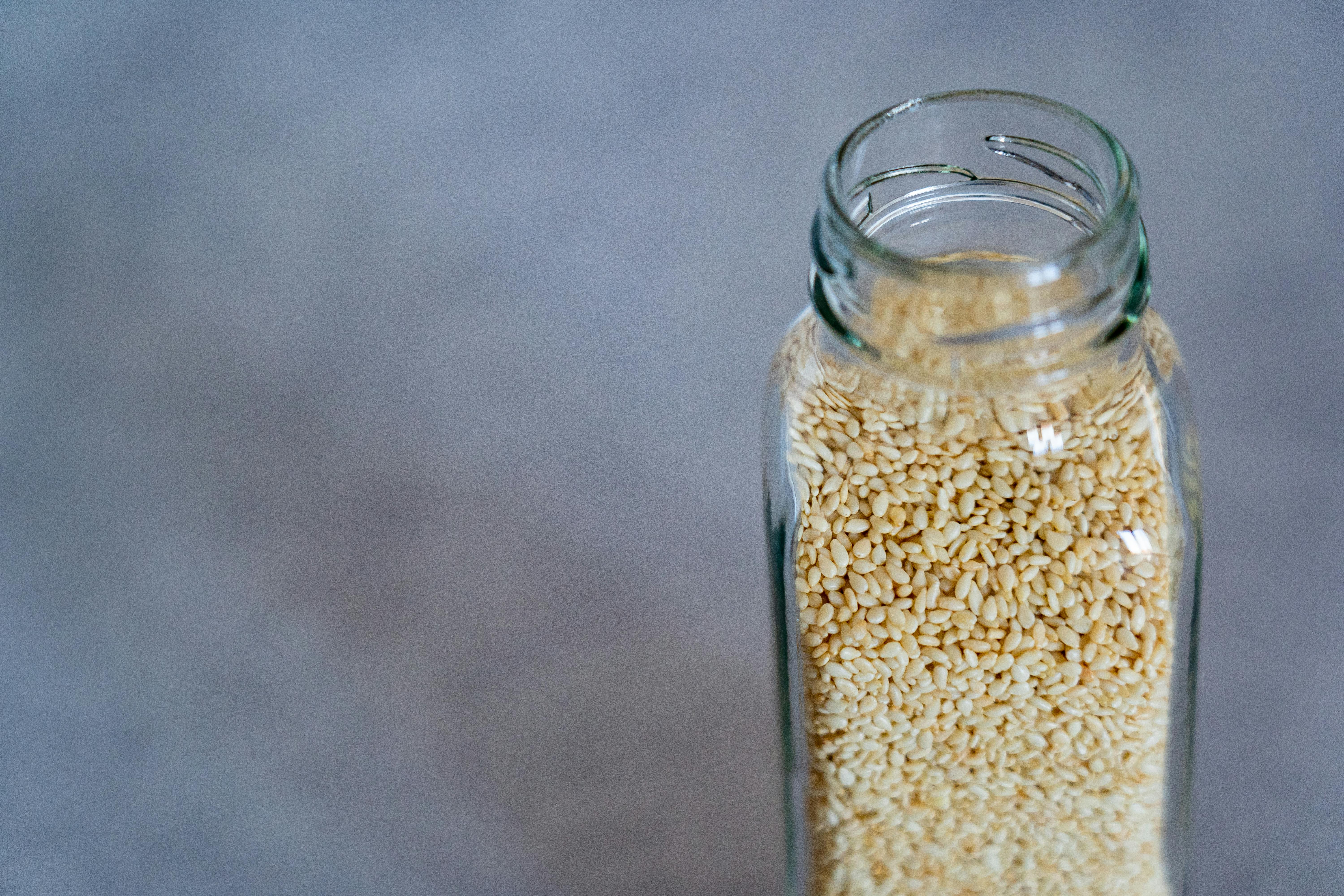
Beyond olive oil, cold-pressed sesame oil is a quiet powerhouse in many Asian centenarian diets. Its unique benefit lies in its high content of lignans (sesamin and sesamolin). These plant compounds are potent antioxidants that actively protect liver cells from oxidative damage, supporting the body’s primary detox organ—a crucial function for longevity. Lignans also help improve lipid profiles and support blood vessel health. Using a small amount daily, uncooked (e.g., drizzled on steamed greens, added to dressings, or mixed with miso) provides a nutty flavor and a targeted defense for both liver and heart health, proving that subtle additions can have profound systemic benefits.
19. Oysters: Zinc, B12, and Neuro-Longevity
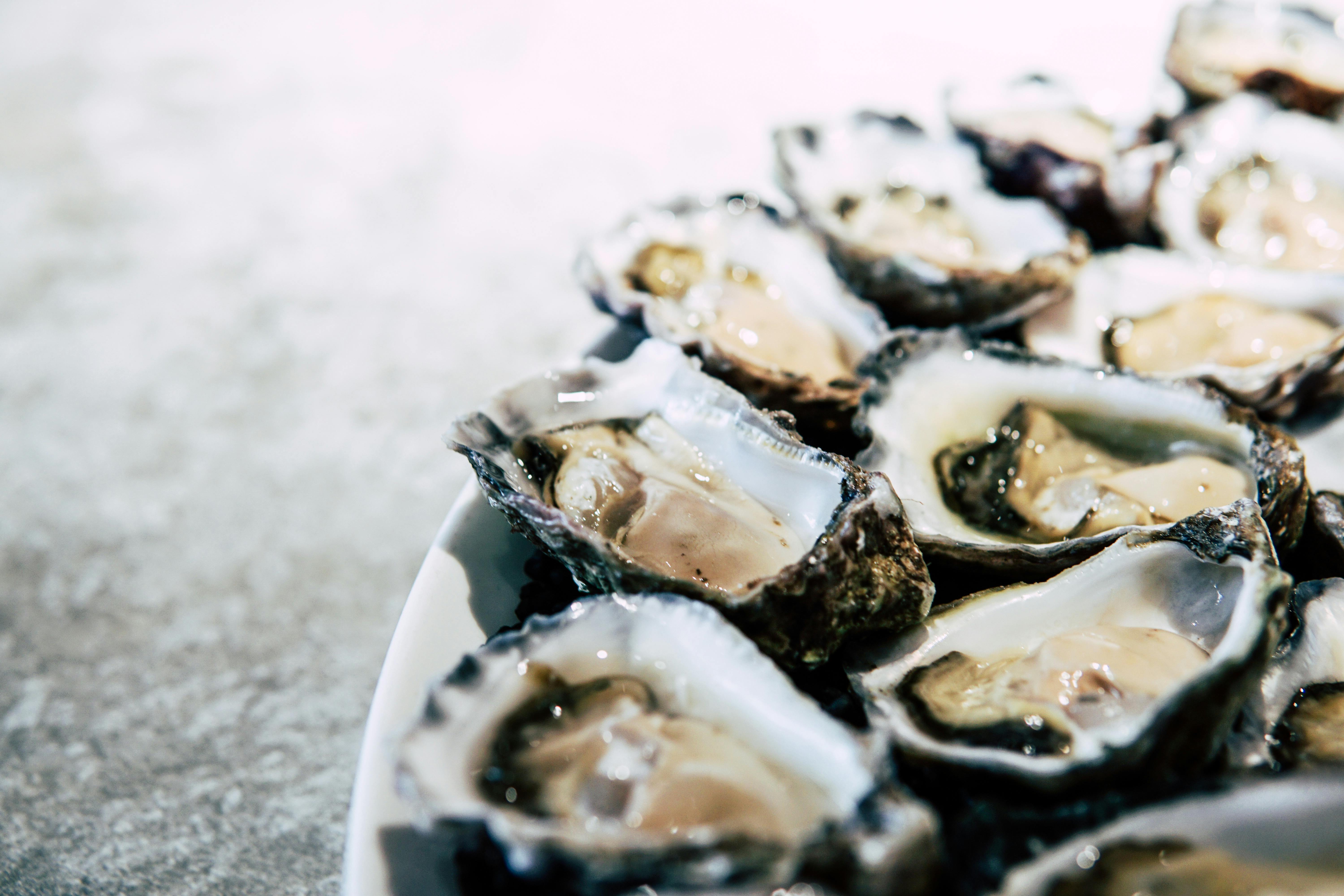
Oysters are a potent, concentrated source of micronutrients essential for maintaining cognitive function deep into old age. They are the single richest food source of Zinc, a mineral critical for immune regulation, DNA repair, and synaptic plasticity (how brain cells communicate). They also deliver exceptional levels of Vitamin B12, which is crucial for preventing age-related brain atrophy and neurological decline. Consuming small amounts of oysters or mussels regularly (cooked or raw, depending on preference and safety) provides a highly bioavailable, dense packet of nutrients that specifically targets the integrity of the brain and immune system, two major determinants of healthspan.
20. White Tea: High EGCG and L-Theanine for Calm

While black tea is mentioned, White Tea offers a unique longevity advantage due to its minimal processing, which preserves exceptionally high levels of Epigallocatechin Gallate (EGCG) and the amino acid L-Theanine. EGCG is a powerful antioxidant that protects against cellular aging. More critically for healthspan, L-Theanine promotes a state of relaxed focus by boosting alpha brain waves. Since chronic stress and high cortisol accelerate aging, this simple, delicate tea provides a subtle, non-sedating way to modulate the stress response, promoting the neurological calm necessary for sustained internal repair and resilience over decades.
21. Canned Pumpkin: Lutein/Zeaxanthin for Sensory Longevity

Often overlooked outside of holiday baking, 100% pure canned pumpkin is a year-round, affordable superfood packed with two specific carotenoids: Lutein and Zeaxanthin. These compounds are essential for ocular health and vision, acting as a natural internal shield to protect the eyes from damaging blue light and oxidative stress—key factors in age-related macular degeneration (AMD). Since maintaining quality vision is central to independence and quality of life (healthspan), incorporating this easy pantry staple into oatmeal, smoothies, or soups is a simple, cost-effective way to preserve a vital sensory component of aging.
22. Daikon Radish: Enzymatic and Digestive Support
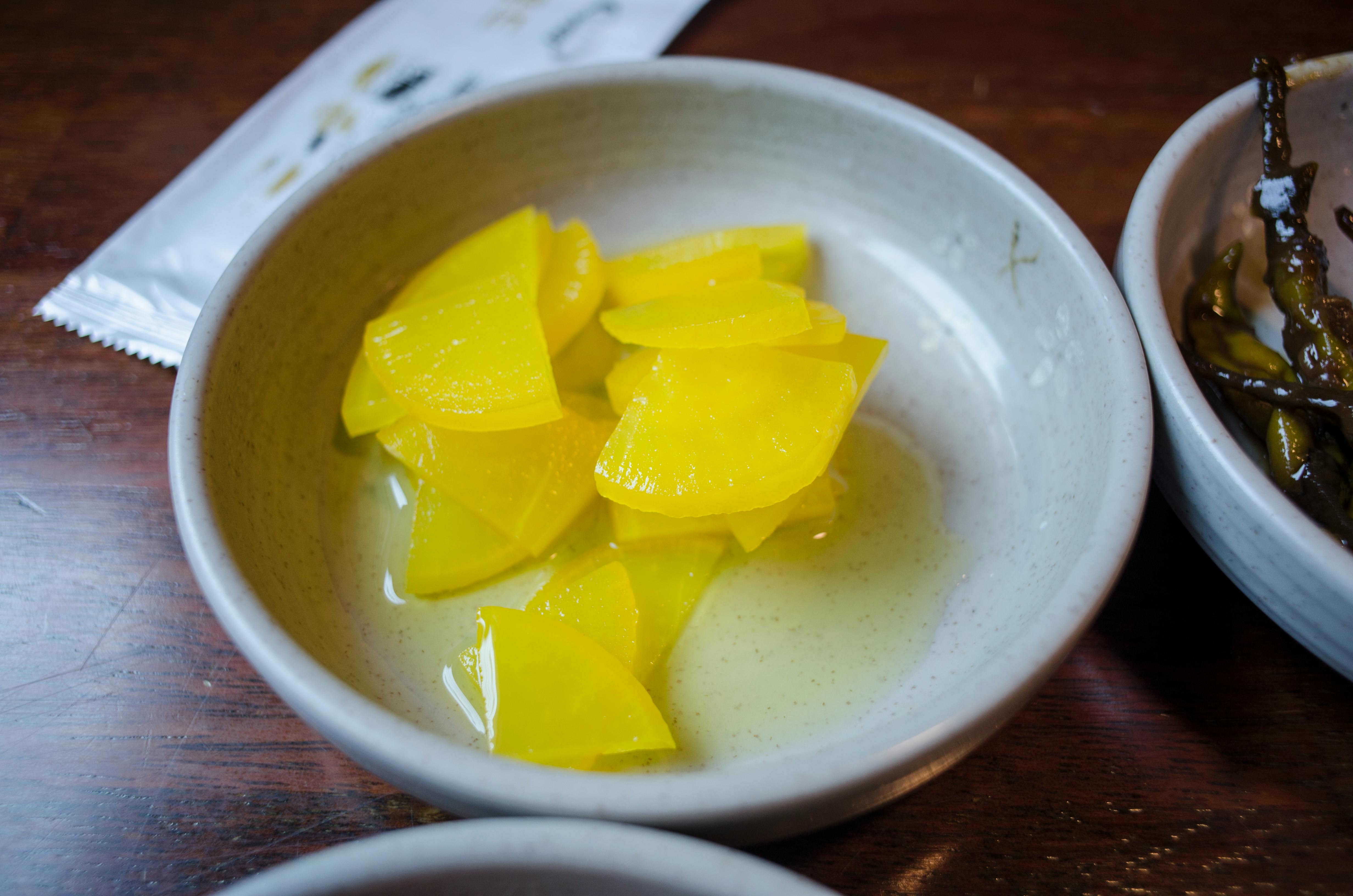
Daikon, a large white Asian radish, is a time-honored longevity food celebrated not for its vitamins, but for its profound digestive enzyme content and low caloric density. It contains natural enzymes like diastase and amylase that actively help the body break down starches and fats, easing the digestive burden that often increases with age. Japanese centenarians frequently consume daikon raw or lightly cooked. By promoting efficient, effortless digestion, daikon helps the body utilize nutrients better and reduces the post-meal inflammation that contributes to metabolic aging. It's a simple, crunchy addition to salads or soups that supports metabolic efficiency and gut health.
23. Watercress: The Telomere-Protecting Green
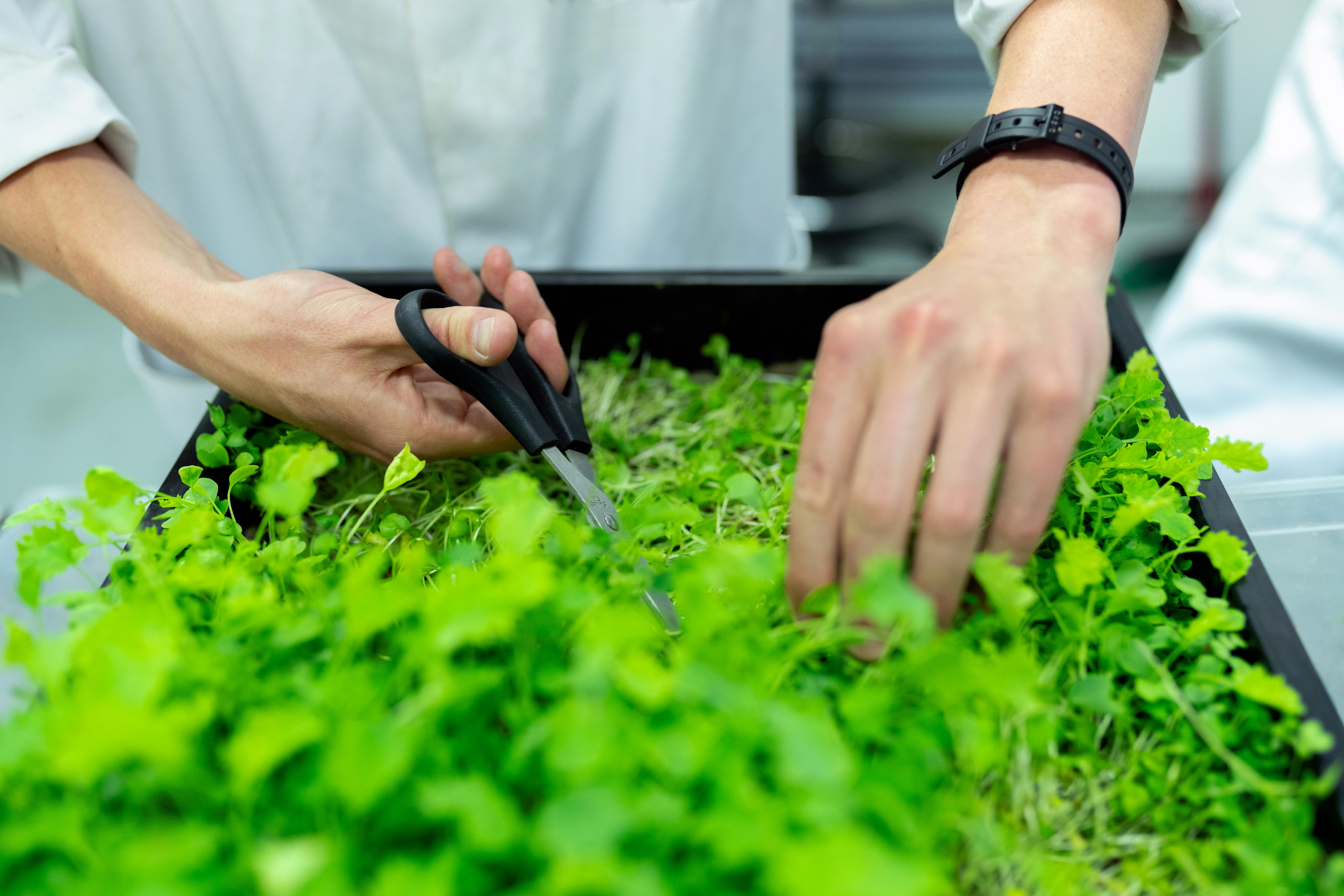
Watercress is a peppery green revered by longevity researchers for its unique ability to influence telomeres—the protective caps on the ends of your DNA strands that shorten as you age. While leafy greens are listed, watercress contains specific isothiocyanates (like PEITC) that have been shown in some laboratory studies to potentially slow telomere shortening and increase their repair. Furthermore, its exceptionally high Vitamin K content is crucial for bone health and preventing arterial calcification, which preserves vascular youth. Blend a generous handful into smoothies, or use it as a base for salads with an olive oil dressing. This tiny green delivers concentrated, cutting-edge support for your body’s aging mechanisms.
24. Carrot Seed Oil (Topical): The Skin's Photoprotective Shield
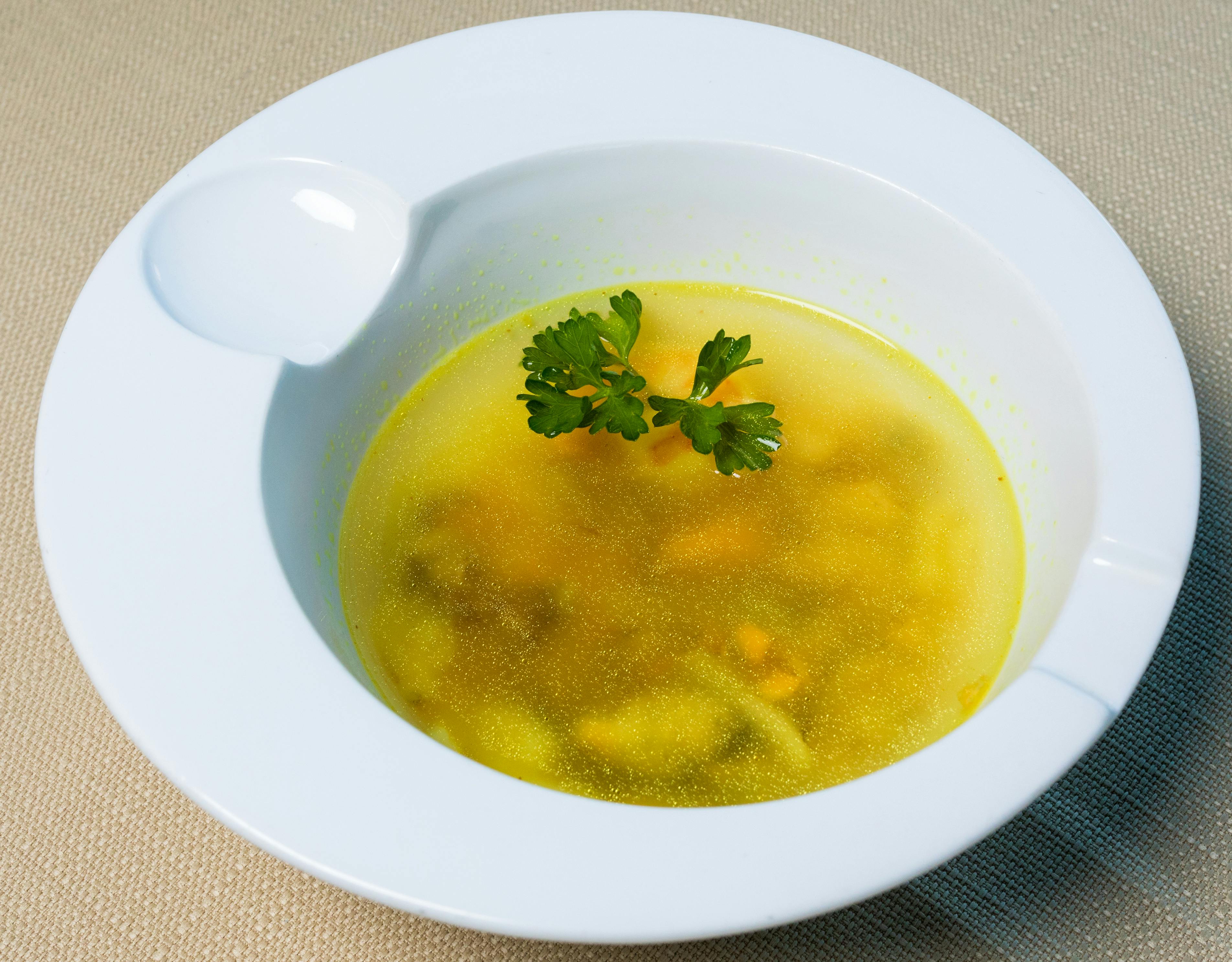
While carrots are listed, the oil extracted from carrot seeds offers a unique, externally applied longevity benefit: photoprotection and skin resilience. As the body's largest organ, the skin's health is a visible marker of healthspan. Carrot seed oil is rich in carotol and powerful antioxidants that help the skin defend against UV damage and reduce oxidative stress that causes visible aging (photoaging). Doctors recognize that reducing skin damage lowers overall systemic inflammatory load. While not a replacement for sunscreen, applying a few drops mixed with a carrier oil daily supports collagen production and accelerates skin repair, offering a practical, non-dietary habit for preserving a youthful defense layer.
25. Gelatin/Collagen Peptides: The Joint Structure Architect

As we age, preserving mobility is paramount, and joint integrity relies on collagen. Adding simple, unflavored gelatin or collagen peptides (derived from animal sources) to your routine provides the foundational amino acids, particularly glycine and proline, needed to repair and maintain joint cartilage, tendons, and ligaments. This is a targeted approach, ensuring the body has the specific building blocks to counteract the daily breakdown that leads to joint pain and reduced mobility. Unlike consuming bone broth (which varies in concentration), a daily scoop offers a reliable dose. Stir it effortlessly into coffee, tea, or water for an invisible yet powerful boost to physical resilience.
26. Tremella Mushroom: The Inner Hydration Maintainer
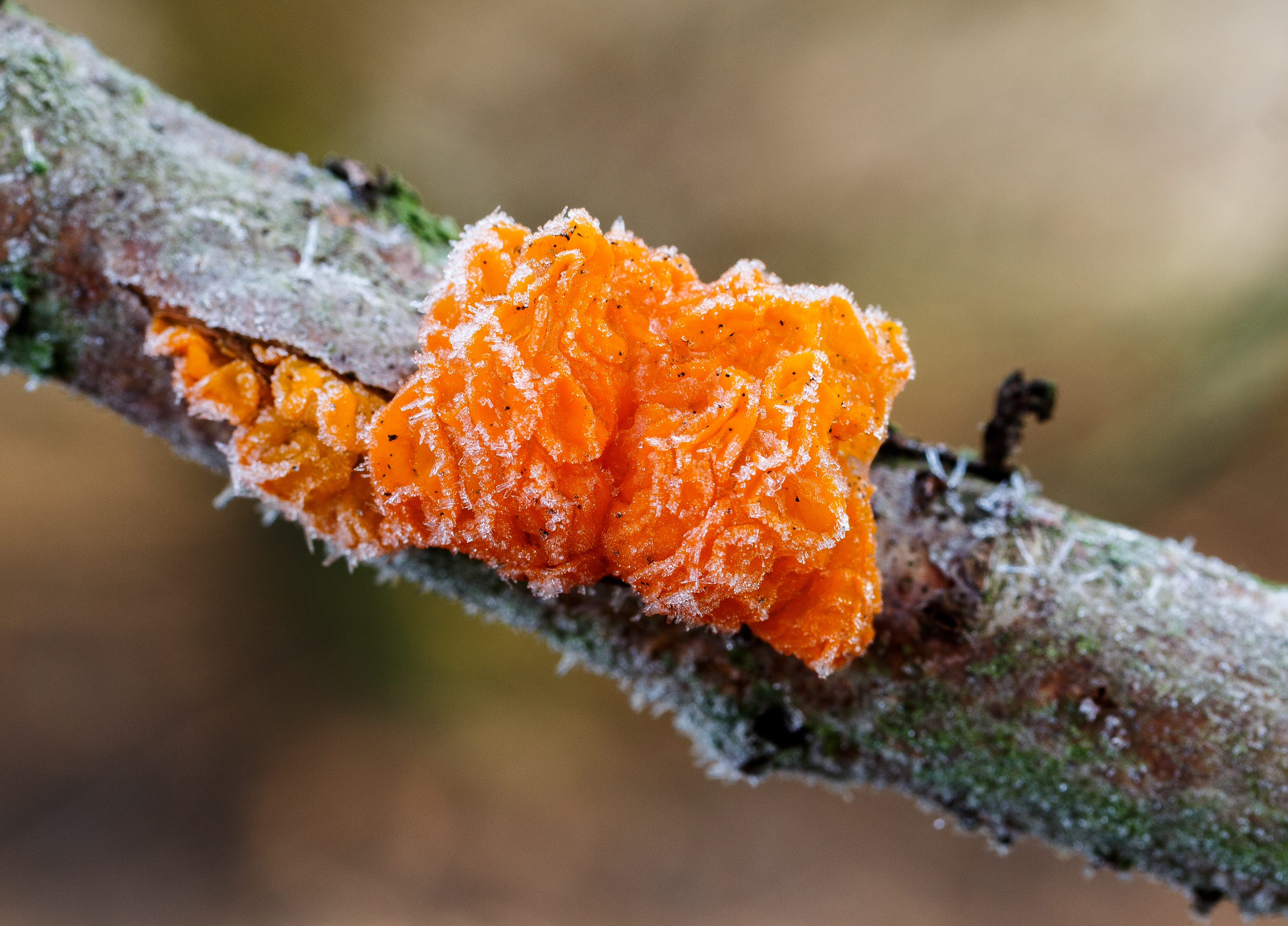
Tremella, often called the "Snow Fungus" or "Beauty Mushroom" in traditional Chinese medicine, is a unique longevity staple revered for its ability to enhance internal moisture and skin hydration. Its power lies in its polysaccharides, which are exceptional at binding water—reportedly holding nearly 500 times their weight—even more effectively than hyaluronic acid. Maintaining optimal cellular and tissue hydration is crucial for joint lubrication, eye comfort, and skin elasticity, all markers of healthspan. Consuming dried tremella powder in warm water, soups, or smoothies provides gentle, natural support for deep tissue moisture and resilience.
27. Sunchokes (Jerusalem Artichokes): The Unique Prebiotic Dynamo
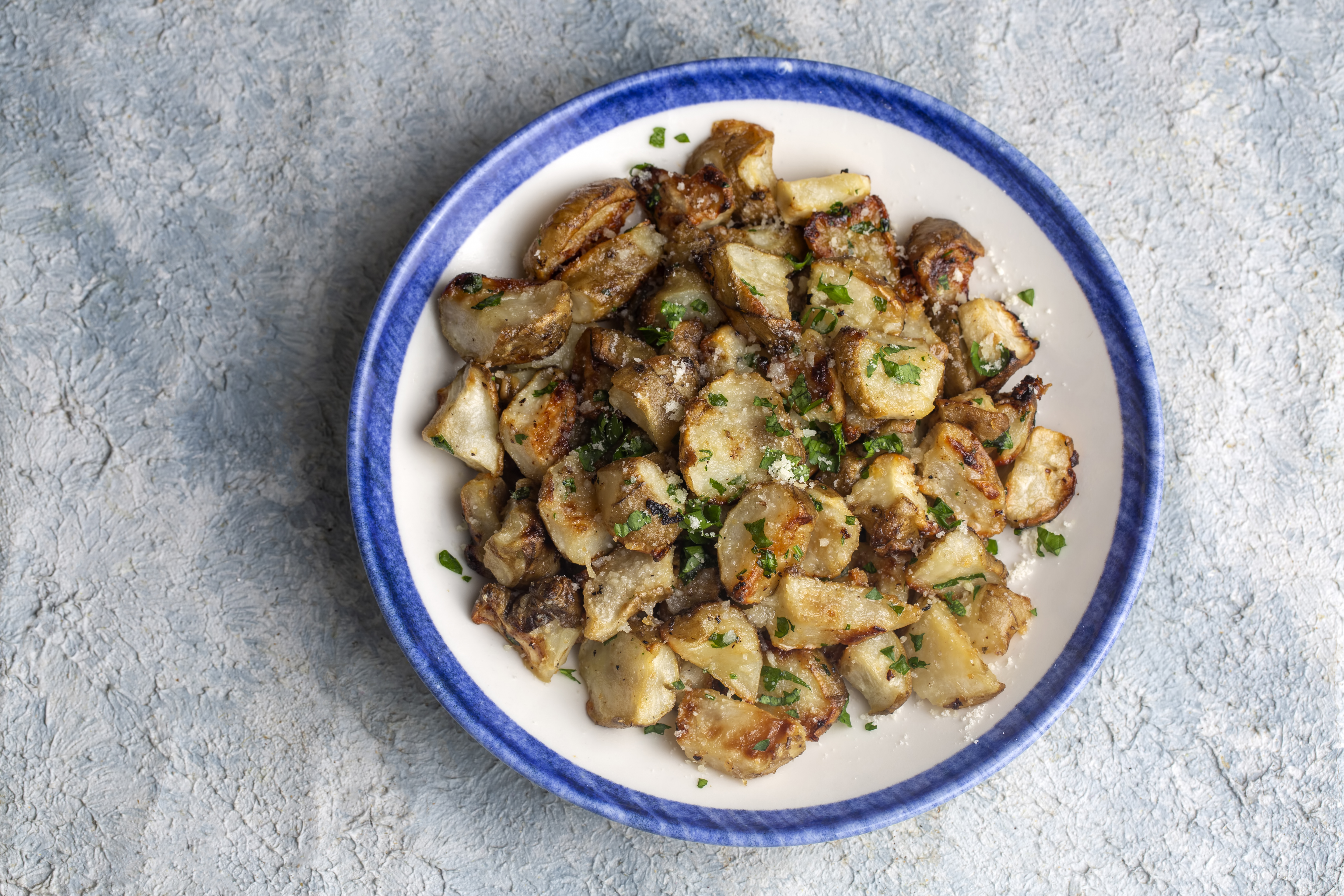
Sunchokes, or Jerusalem artichokes, are a root vegetable highly valued by gut health experts for their massive concentration of inulin—a specific type of prebiotic fiber that feeds beneficial bifidobacteria. While other foods list prebiotic fiber, sunchokes provide an exceptional, non-starchy form. A healthy gut microbiome is directly linked to robust immunity, reduced chronic inflammation, and improved metabolic balance—the core pillars of healthspan. Enjoy sunchokes raw, sliced thinly, or cooked like potatoes. This addition offers a unique, foundational way to optimize the gut environment for long-term systemic health.
28. Potatoes (Skin On): The Potassium and Vitamin C Antioxidant
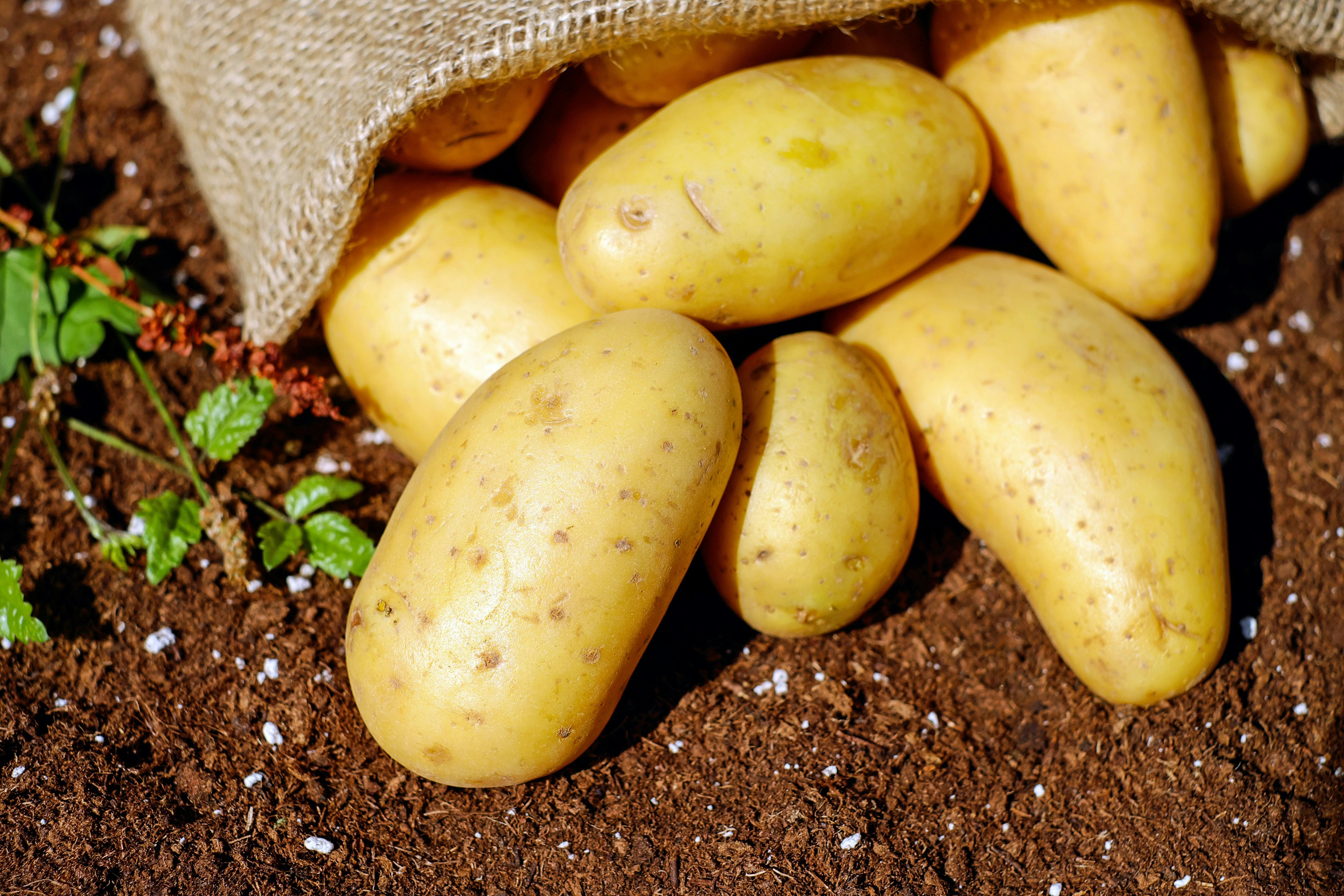
Potatoes, when consumed with the skin, are a highly accessible superfood and a premier source of two compounds crucial for healthspan. First, they are exceptionally rich in Potassium, a mineral essential for balancing sodium and regulating blood pressure—a major risk factor in aging. Second, potatoes are a surprising source of Vitamin C, a powerful antioxidant that helps synthesize collagen and protect cells from oxidative stress. When baked or boiled with the skin intact, the potato's nutrient-rich profile provides filling, sustained energy along with the minerals and antioxidants needed to maintain cardiovascular and cellular function cheaply and effectively. This pantry staple is a simple, potent tool against age-related vascular stiffness, proving that basic foods can deliver elite nutrition.
29. Saffron: The Brain and Metabolic Regulator
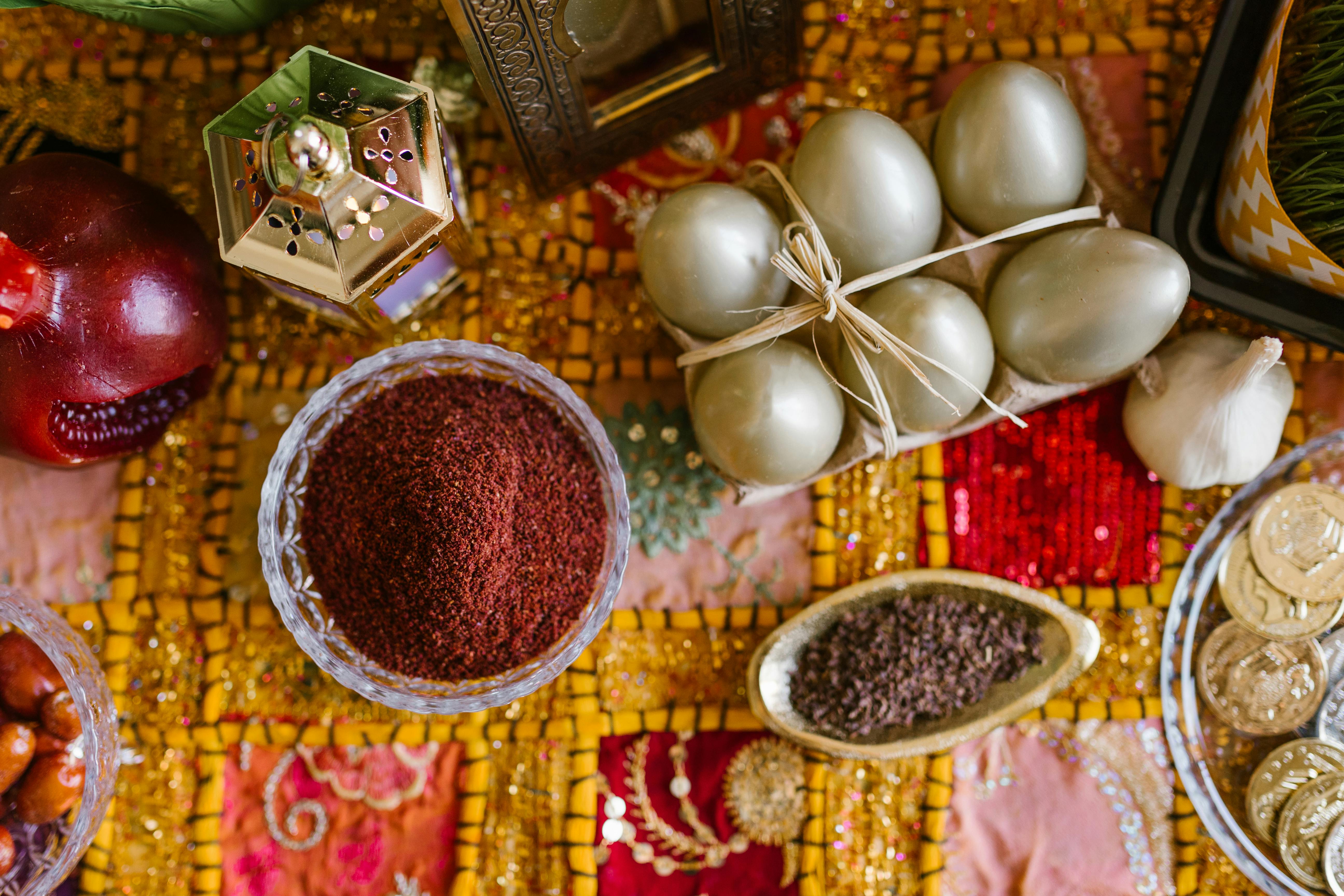
Saffron, the world's most luxurious spice, offers a targeted, unique benefit by influencing both mood and core metabolic pathways. Its active compounds, crocins and safranal, are potent antioxidants that readily cross the blood-brain barrier. Studies show saffron helps regulate neurotransmitters, leading to improvements in mood and reduced anxiety—crucial for managing the stress-aging connection. More uniquely, saffron has been researched for its ability to gently modulate AMP-activated protein kinase (AMPK), a central enzyme in the body's longevity and energy regulation pathways. By supporting AMPK activity, saffron helps promote cellular cleanup and fat metabolism, effectively linking emotional well-being with cellular vitality and metabolic health. A small pinch steeped in tea or infused into rice provides a functional, luxurious ritual.
30. Piperine (from Black Pepper): The Nutrient Bioavailability Amplifier
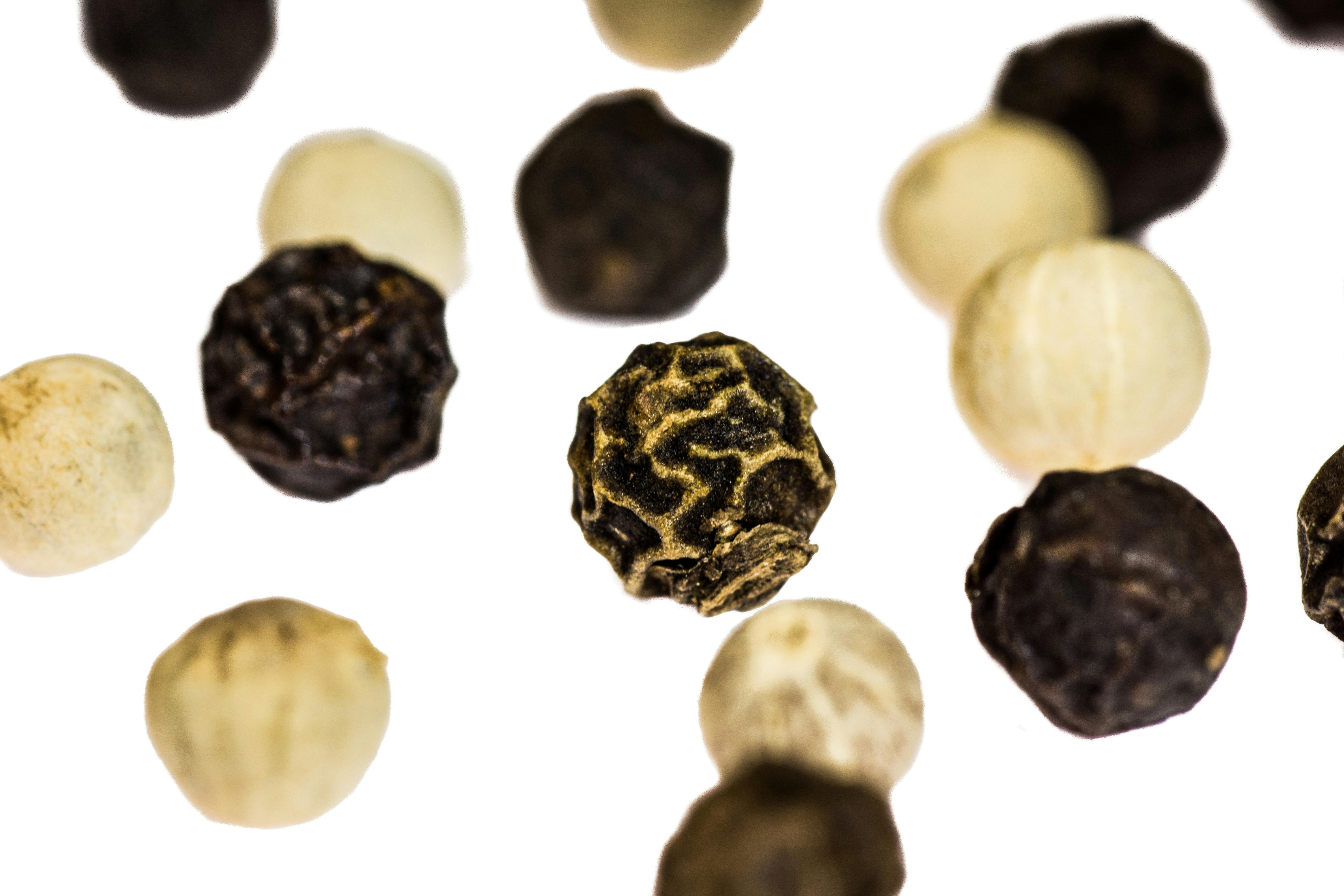
While black pepper is a common kitchen staple, the active compound piperine offers a subtle but profound benefit for healthspan by dramatically improving the bioavailability of other nutrients. Piperine works by inhibiting certain enzymes in the liver and intestine that normally break down and excrete compounds prematurely. This effect is crucial for maximizing the efficacy of curcumin (from turmeric) and numerous other plant compounds like EGCG. By ensuring your body fully absorbs and utilizes the antioxidants, vitamins, and phytochemicals from all the other longevity foods on this list, piperine acts as a silent metabolic multiplier, making every nutrient-dense bite you take work harder for your cellular health and resilience.
31. Magnesium-Rich Seeds (Pumpkin and Sesame): The Mitochondrial Protector
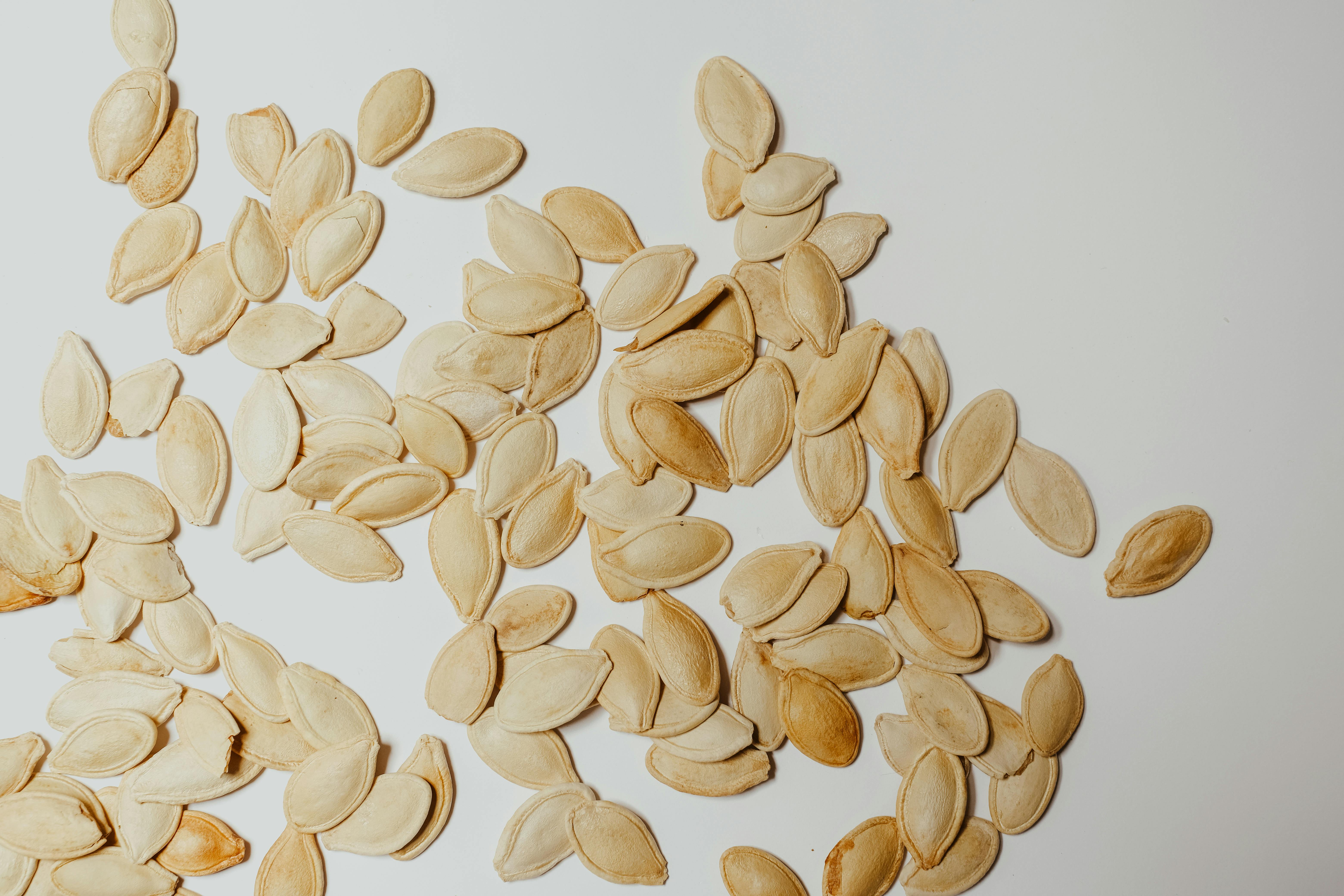
Magnesium is a cornerstone of cellular energy and longevity, required for over 300 enzyme reactions, including DNA repair and the function of your mitochondria (the cell's power plants). Doctors and healthspan experts emphasize that maintaining muscle mass and cognitive sharpness depends heavily on adequate magnesium. While many foods contain it, pumpkin and sesame seeds are concentrated, easily integrated sources that prevent deficiency. Magnesium supports healthy telomeres and reduces age-accelerating chronic stress by calming the nervous system. Add a tablespoon daily, either whole, ground, or in the form of tahini, to ensure your most fundamental anti-aging machinery—your mitochondria and DNA—receive this critical, protective mineral fuel.
32. Miso Paste: The Fermented Isoflavone Shield
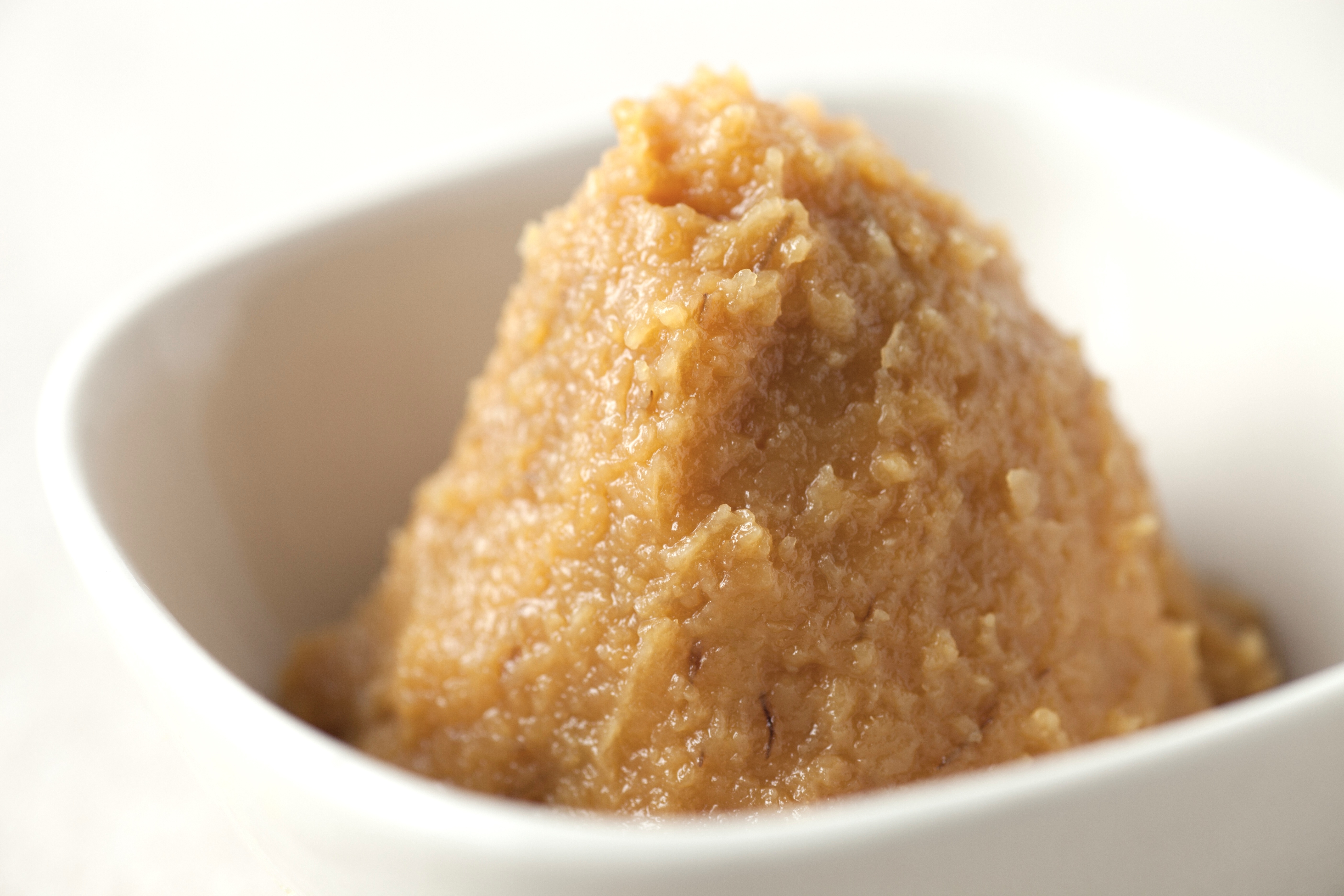
Miso, the traditional Japanese fermented soybean paste, is a daily staple among the world's longest-lived populations and is gaining recognition from doctors for its unique gut-brain and hormonal benefits. Its core advantage lies in the fermentation process, which transforms soybeans' isoflavones (like genistein) into highly bioavailable compounds that support bone density and may reduce the risk of certain age-related diseases. The fermentation also introduces beneficial bacteria and enzymes. Uniquely, Miso is rich in alkylpyrazines, compounds linked to improved blood circulation. A small spoonful dissolved in hot water or whisked into a dressing provides daily gut-calming probiotics, supports bone health, and delivers crucial, easy-to-digest nutrients.
33. Cottage Cheese: The Nighttime Muscle Preserver
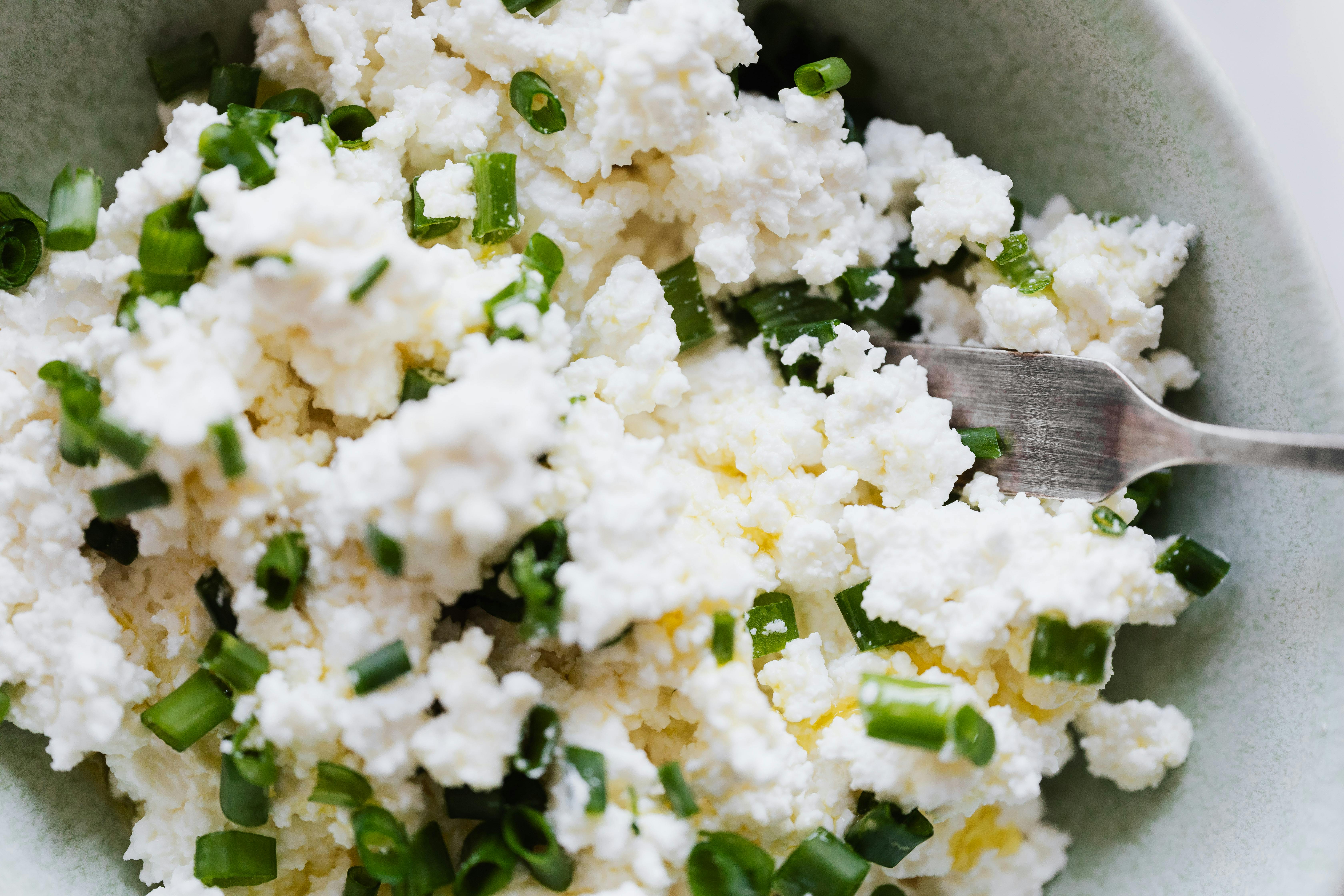
While often overshadowed by Greek yogurt, cottage cheese is a casein protein powerhouse that many doctors favor for muscle maintenance, especially before bed. Casein is a slow-digesting protein, meaning it provides a sustained release of amino acids throughout the night, significantly aiding in muscle protein synthesis and repair while you sleep. This helps counteract age-related muscle loss (sarcopenia). Furthermore, cottage cheese is rich in calcium and Vitamin B12. Opt for low-sodium, low-fat varieties and pair it with a few nuts or berries to minimize blood sugar impact while maximizing its overnight muscle-protective benefits.
34. Jicama: The Low-Starch, Resilience-Building Root
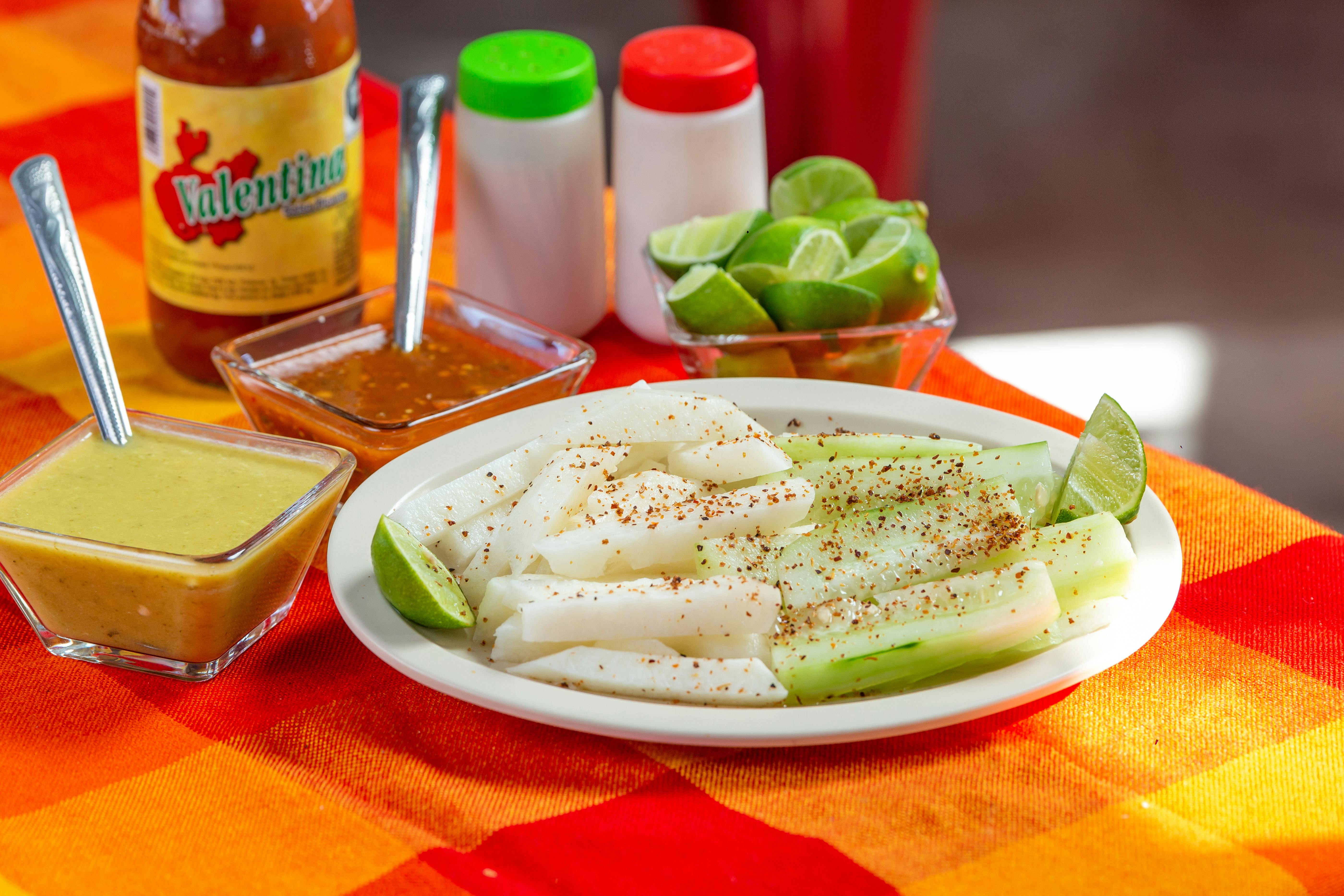
Jicama (pronounced HEE-kama) is a crisp, sweet root vegetable that doctors favor as a low-starch carbohydrate for longevity. Unlike potatoes, jicama is primarily composed of oligofructose inulin, a potent prebiotic fiber that feeds beneficial gut bacteria without significantly spiking blood sugar. Maintaining low, stable blood glucose is crucial for slowing metabolic aging. Jicama also contains significant amounts of Vitamin C and water, supporting hydration and collagen health. Enjoy this root raw, sliced into sticks for dipping, or added to salads for a refreshing, resilient-building crunch that nourishes the gut and protects metabolic function.
35. Adzuki Beans: The Piling-Shedding Powerhouse
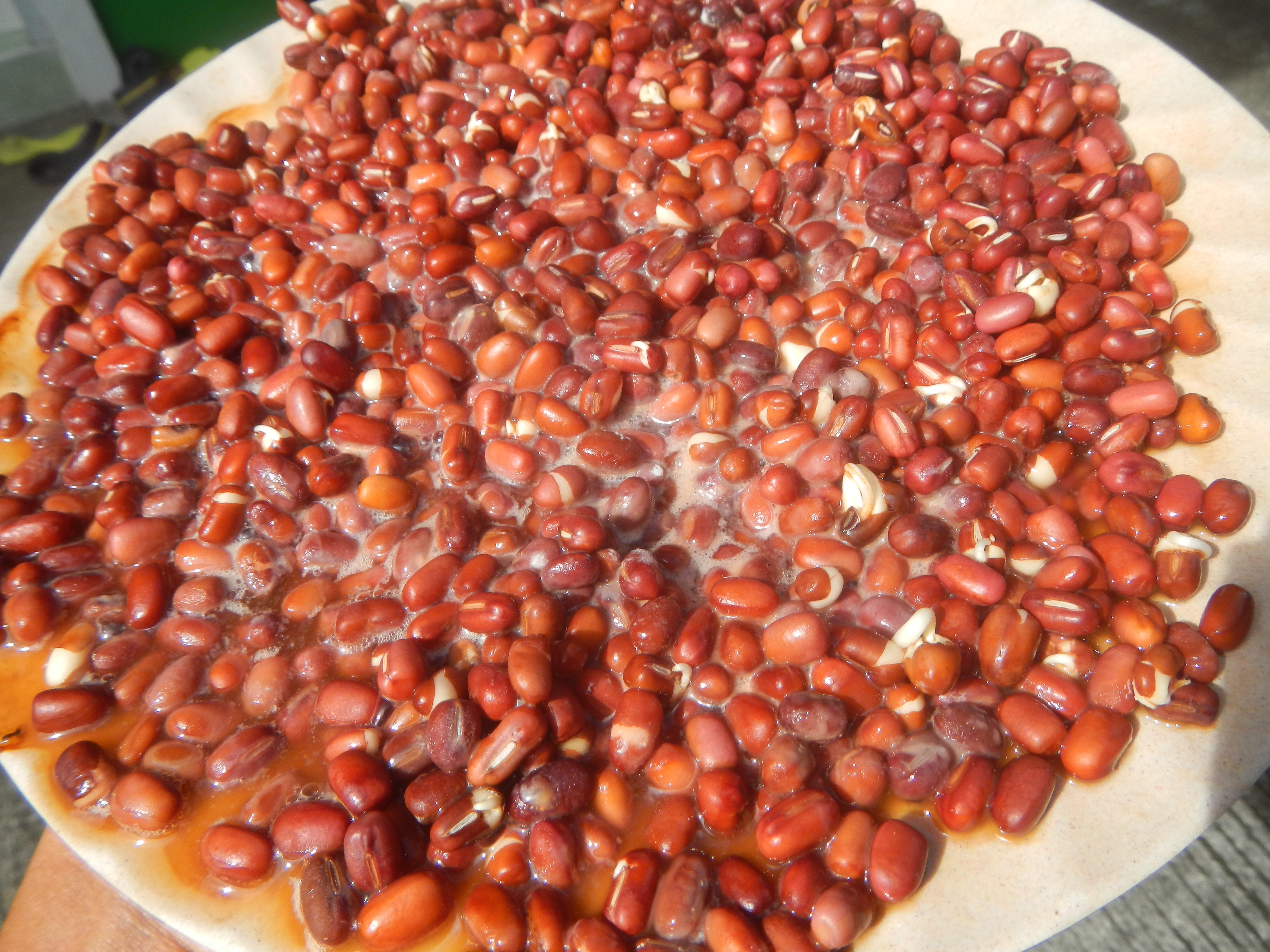
Adzuki beans, small red pulses highly valued in traditional Japanese and Chinese cuisine, offer a unique metabolic advantage often overlooked in Western diets. While lentils are a great source of fiber, adzuki beans are a diuretic powerhouse, traditionally used to help the body gently shed excess fluid and sodium, reducing the silent burden on the kidneys and cardiovascular system. Their unique fiber and saponin content also aid in cholesterol management and help regulate blood sugar, protecting against the metabolic stiffness that accelerates aging. Furthermore, adzuki beans contain molybdenum, a trace mineral critical for detoxifying sulfites, a common preservative. Their versatility allows them to be incorporated into sweet dishes (like anko paste), soups, or as a hearty side dish, offering a gentle yet profound daily support for fluid balance and detoxification—two key elements of resilient healthspan.
36. Reishi Mushroom: The Stress and Sleep Modulator

Reishi mushroom, known in traditional Chinese medicine as the "Mushroom of Immortality," is championed by longevity experts not for its vitamins, but for its adaptogenic and calming properties. It contains triterpenes that act on the central nervous system, helping to balance the body’s response to chronic stress (by lowering cortisol) and promoting deeper, more restorative sleep. Since poor sleep and high stress are two major accelerators of aging and inflammation, Reishi offers a fundamental, indirect route to a longer healthspan. Doctors often recommend Reishi extract or powder in evening teas or warm drinks. This simple addition supports internal homeostasis, ensuring the body spends more time in recovery and repair, essential for long-term cellular health.
37. Kimchi (Spicy Fermented Cabbage): The Immune & Vascular Booster
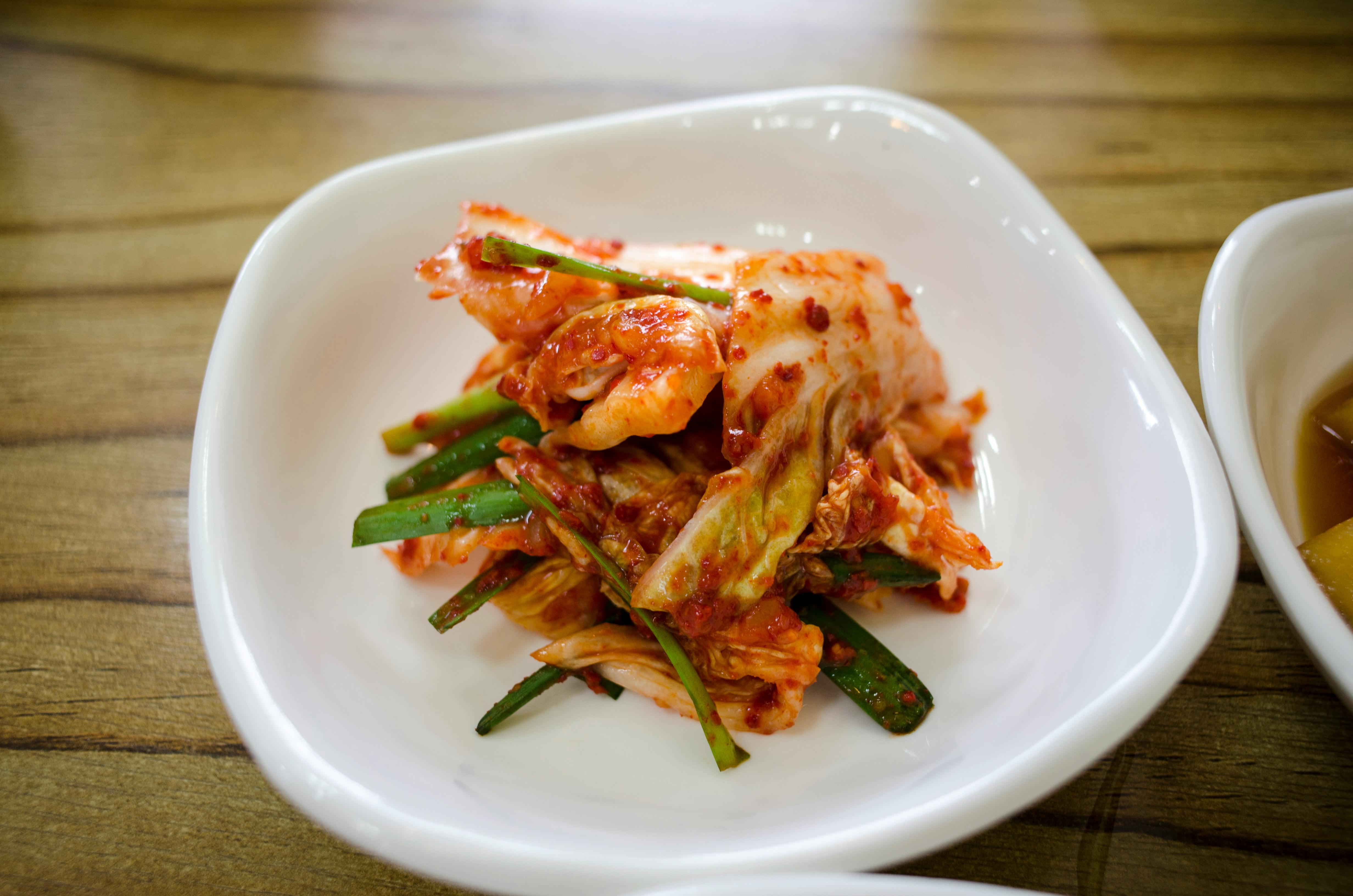
Kimchi, the spicy, fermented cabbage staple of Korea, is a longevity powerhouse that combines the gut-health benefits of fermentation with unique anti-aging compounds. Rich in diverse probiotics, it supports a balanced microbiome, which is foundational for immune regulation. More uniquely, Kimchi is a concentrated source of glucosinolates (from the cabbage), whose compounds are linked to anti-cancer activity. Its active ingredients promote healthy blood pressure and circulation by enhancing the production of nitric oxide (NO) and its anti-inflammatory effects help reduce chronic systemic inflammation—a core driver of aging. A small side serving daily integrates traditional wisdom with modern metabolic science.
38. Millet (Whole Grain): The Serotonin-Supporting Seed
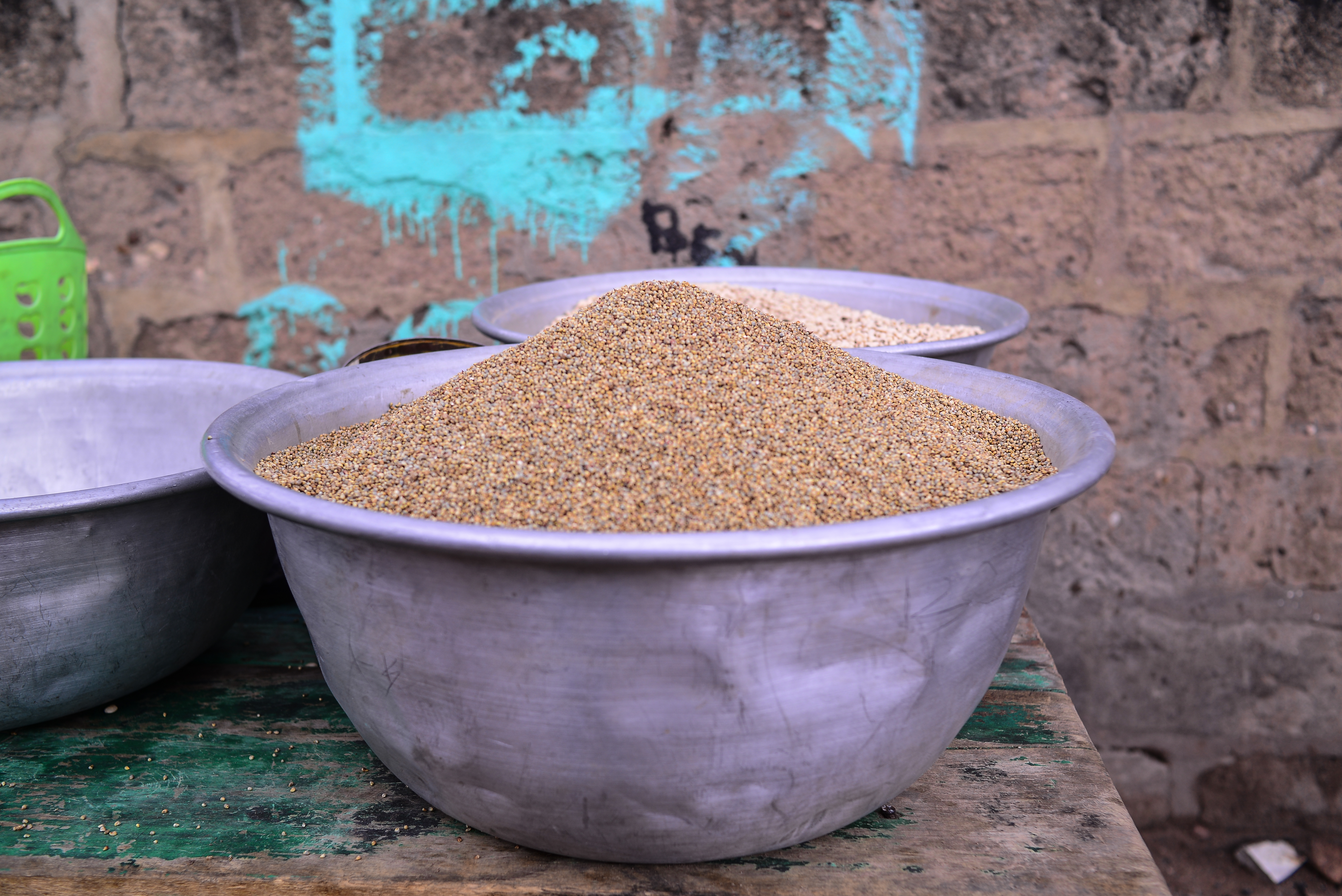
Millet is a small, gluten-free ancient grain that offers a crucial, overlooked benefit: it supports neurological calm and mood stabilization, both vital for long-term stress management. Millet is particularly rich in tryptophan, an amino acid that serves as a direct precursor to serotonin, the neurotransmitter key to regulating mood and sleep. Since chronic stress and poor sleep accelerate aging, stabilizing the mood and nervous system is a powerful indirect longevity strategy. Millet's high fiber and magnesium content further stabilize blood sugar. Use whole millet as a hearty substitute for rice, cook it into a creamy, warming porridge, or use its flour in gluten-free baking for an accessible, stress-reducing whole grain.
39. Chaga Mushroom (Brewed Tonic): The DNA Protector
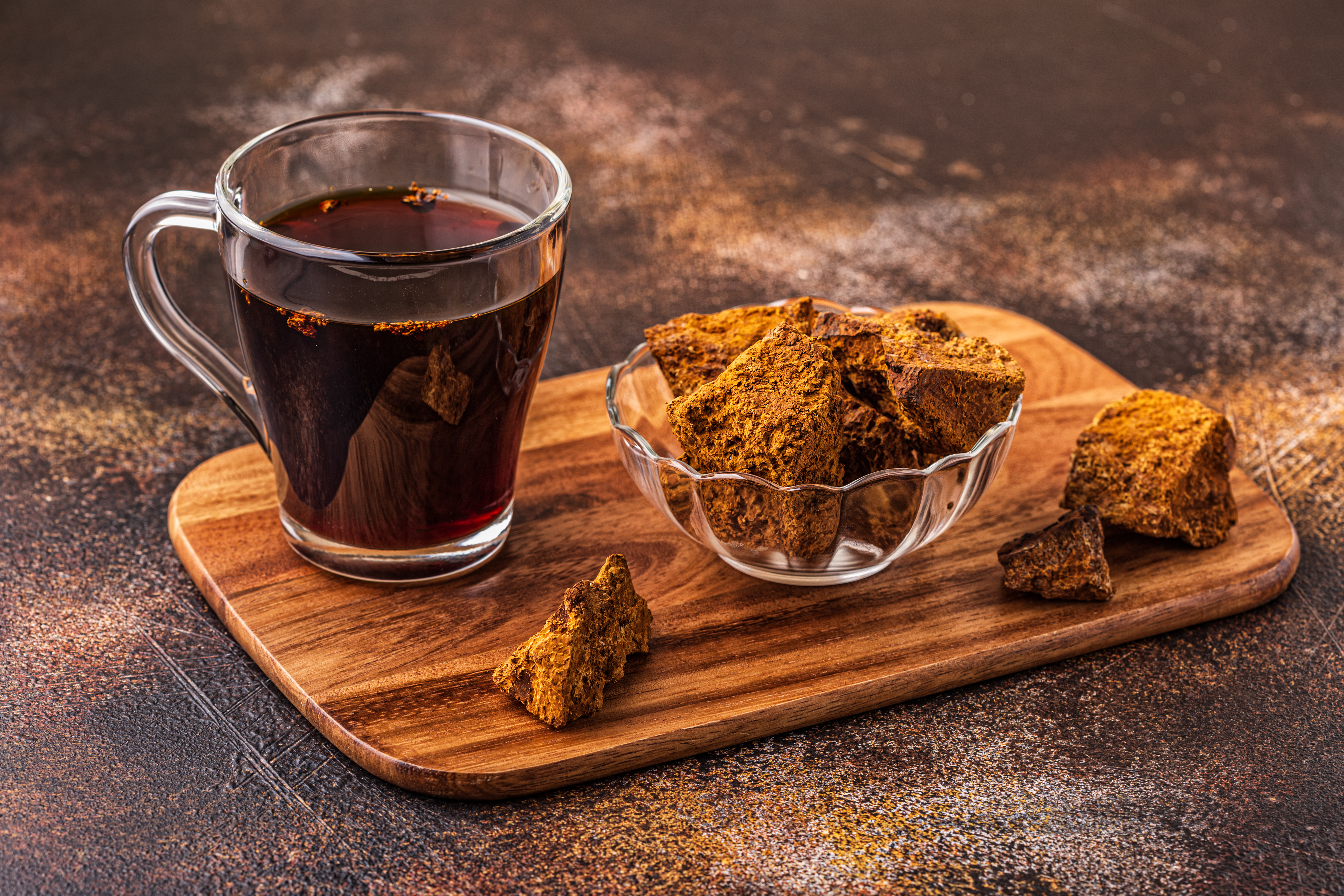
Chaga mushroom, often consumed as a brew or tonic, is revered by experts for its off-the-charts antioxidant capacity (high ORAC score), which provides exceptional defense against cellular damage and aging. What it trains: It’s rich in melanin and powerful polyphenols that actively scavenge free radicals and support DNA repair mechanisms. Why it helps: By reducing the accumulation of oxidative stress—a primary driver of age-related disease—Chaga helps maintain cellular integrity over decades. How to use: Steep Chaga chunks or powder in hot water to create a mild, earthy tonic, often combined with warming spices. This simple, warming ritual provides a concentrated, non-caffeinated boost to your body’s deep internal defense systems.
40. Sea Buckthorn: The "Omega-7" Skin and Mucosal Guard

Sea buckthorn, a vibrant orange berry found in coastal and mountainous regions, is a hidden gem in longevity medicine specifically for its rare concentration of Omega-7 (palmitoleic acid). While Omegas 3, 6, and 9 are widely discussed, Omega-7 is critical for maintaining the health of "mucosal liners"—the protective barriers in your eyes, mouth, gut, and urogenital tract that often dry out or thin as we age. By strengthening these internal seals, sea buckthorn acts as a first line of defense against systemic infections and chronic inflammation. It also boasts incredible levels of Vitamin C and Vitamin E, which support skin elasticity and accelerate wound healing.
41. Virgin Coconut Oil: The Medium-Chain Ketogenesis Signal
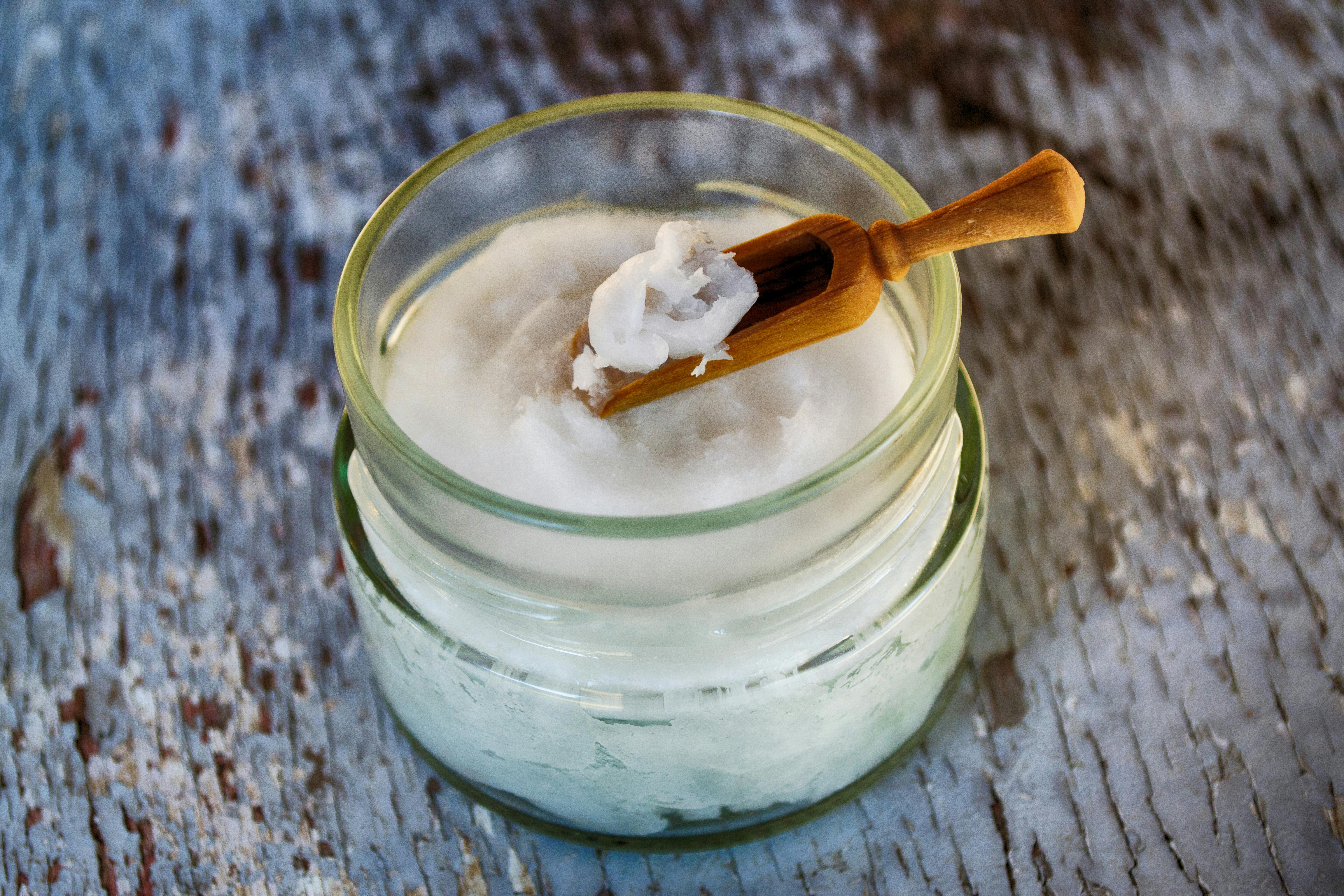
Virgin coconut oil (VCO), while high in saturated fat, possesses a unique longevity benefit due to its high concentration of Medium-Chain Triglycerides (MCTs), particularly lauric acid. Unlike long-chain fats, MCTs are rapidly processed by the liver into ketones, even in the absence of carbohydrate restriction. This quick metabolic shift mimics a low-level, temporary state of fasting, which is a powerful signal to the body to activate autophagy—the cellular process of clearing out old, damaged proteins and mitochondria. Doctors who prioritize cellular renewal often use VCO or MCT oil to gently nudge this anti-aging process. Furthermore, lauric acid exhibits potent antimicrobial properties, supporting the gut and immune system. Substitute a teaspoon of VCO for other cooking oils or stir it into coffee or tea for a gentle, daily prompt for cellular self-cleaning and metabolic resilience.
42. Cod Liver Oil: The Foundational Vitamin D and A Fuel

While oily fish is listed for Omega-3s, Cod Liver Oil offers a unique, concentrated advantage for healthspan as a foundational source of fat-soluble Vitamin D and Vitamin A, often lacking in modern diets. Vitamin D is crucial for maintaining bone density, immune function, and protecting against muscle weakness (sarcopenia)—a key determinant of healthy aging. Vitamin A is vital for preserving vision and supporting the integrity of mucous membranes. More subtly, these vitamins work in synergy with the oil's Omega-3s to optimize mitochondrial function and reduce cellular inflammation. Taking a small, measured dose daily (often via a teaspoon or softgel) is a simple, cost-effective habit that ensures your body’s deep-seated structures—skeletal, immune, and sensory—are properly fueled for decades of resilient living.
Small Choices, Big Rewards: Honoring Your Own Longevity Journey

Embracing these foods isn’t about perfection or chasing after a mythical fountain of youth. It’s about meeting yourself where you are, honoring the wisdom in your body, and choosing nourishment over restriction—one meal, and one day, at a time. Centenarians around the world remind us that long life isn’t a race. It’s a quiet accumulation of gentle habits, simple joys, and foods that care for you as tenderly as you care for those you love. As you bring more yogurt, fish, leafy greens, olive oil, fermented vegetables, berries, and nuts into your routine, celebrate even the smallest changes. Each choice is a soft act of self-respect, a testament to both the resilience and adaptability of the human body. You don’t have to solve wellness all at once or master a perfect diet overnight. The real secret lies in steady, compassionate progress, guided as much by enjoyment as by science. With every bite, you’re investing in the vibrant years ahead. Let your kitchen reflect the hope and joy that long life brings—after all, the journey to 100 (and beyond) starts right where you are, plate in hand and possibility in your heart.